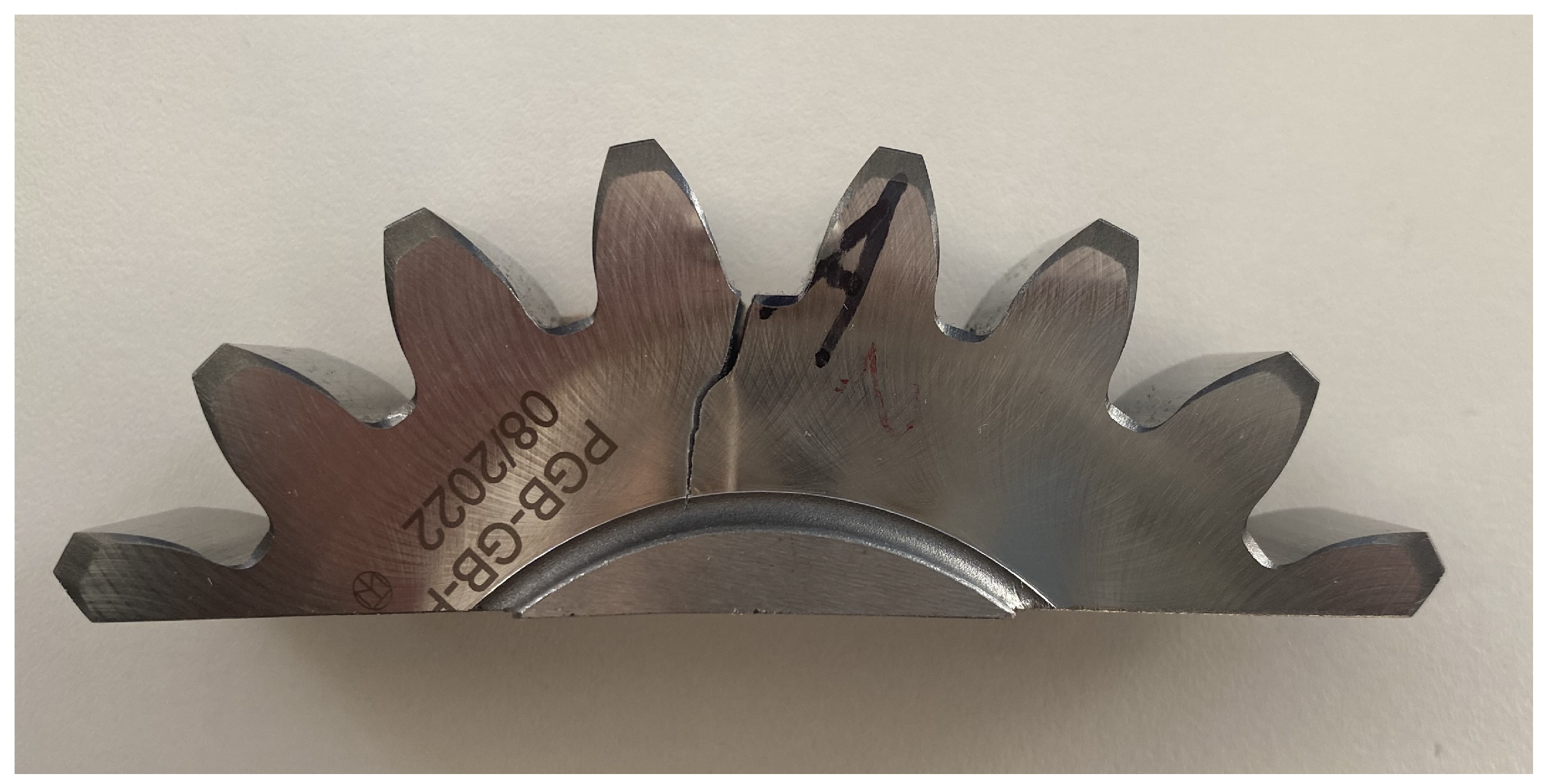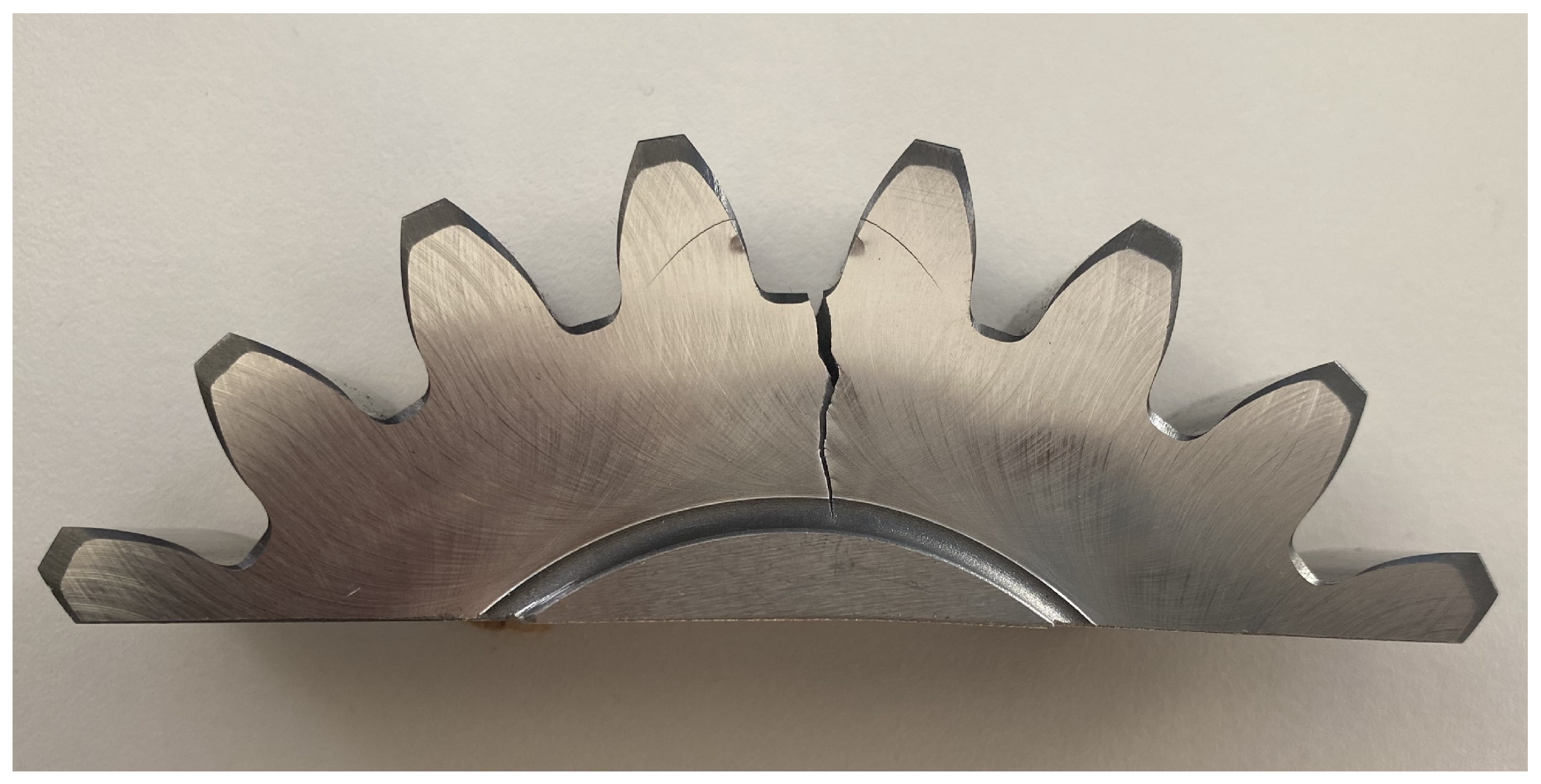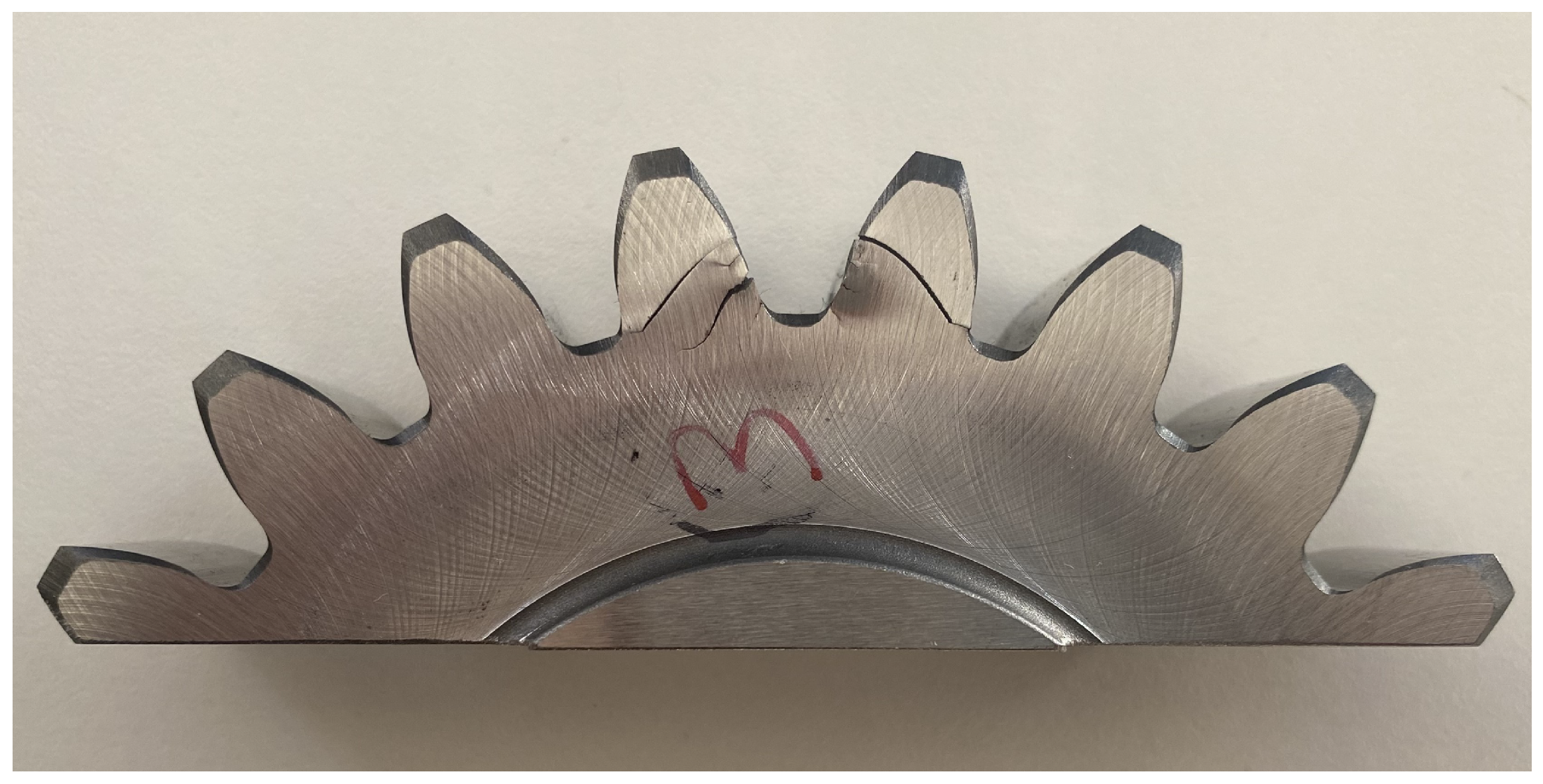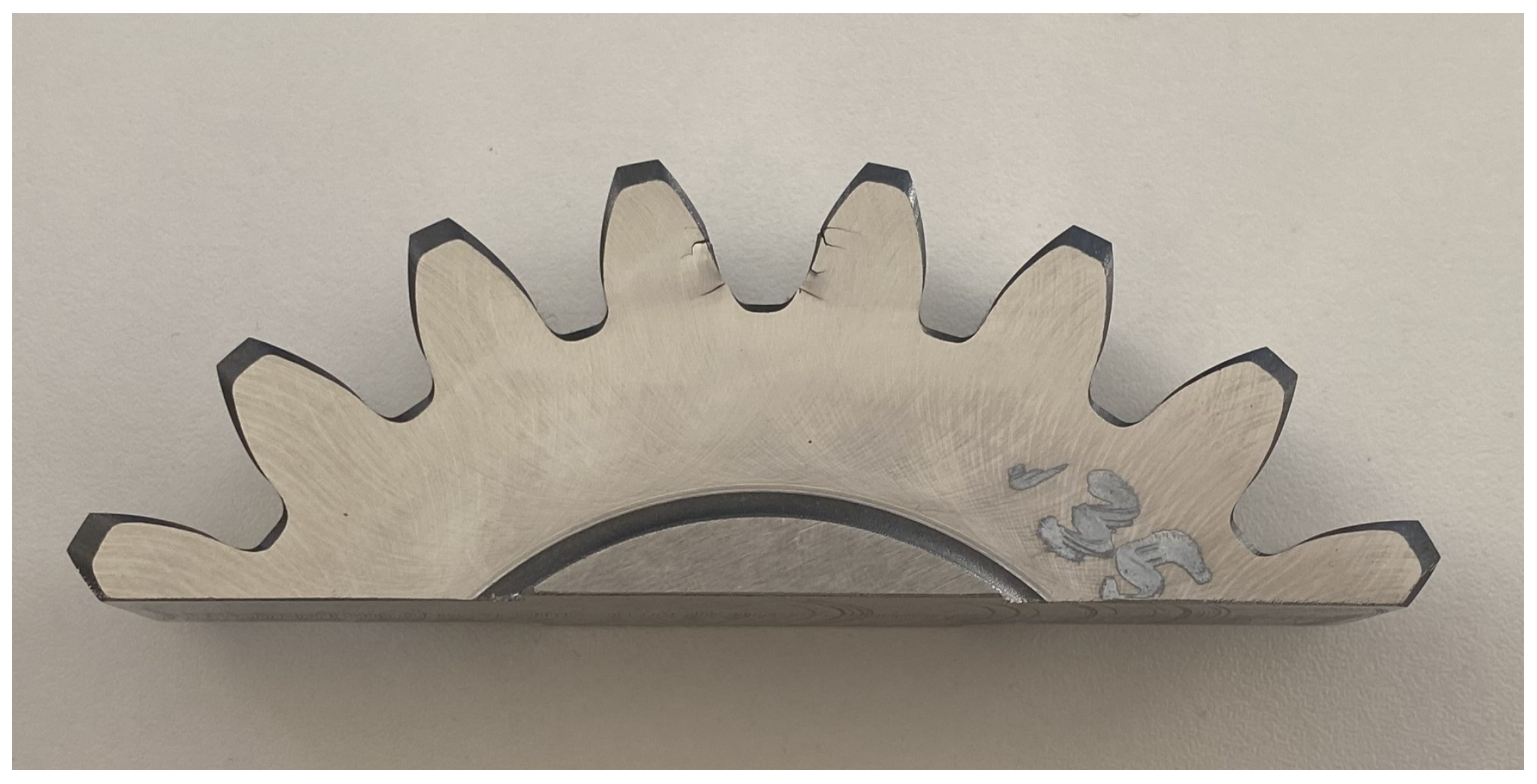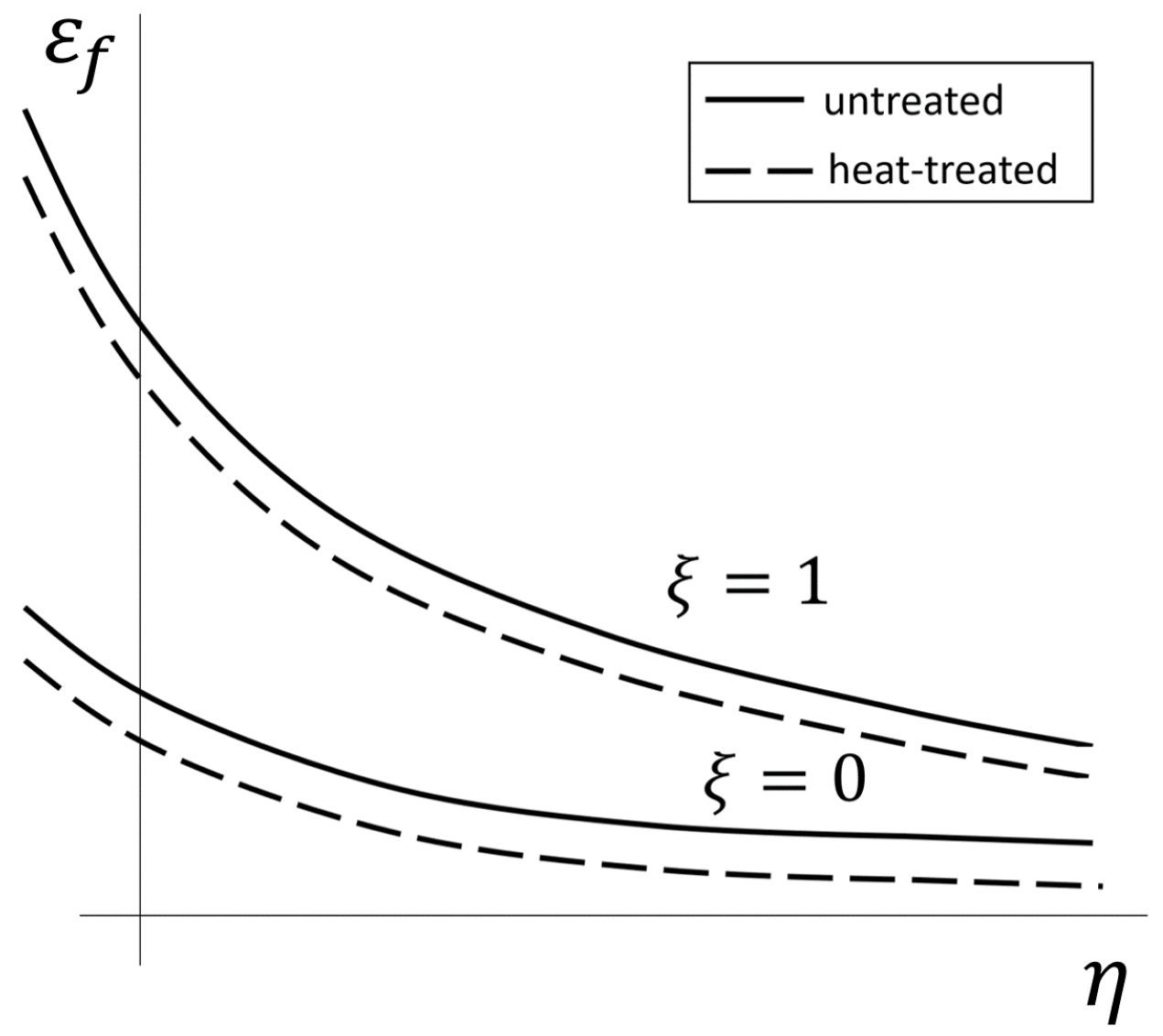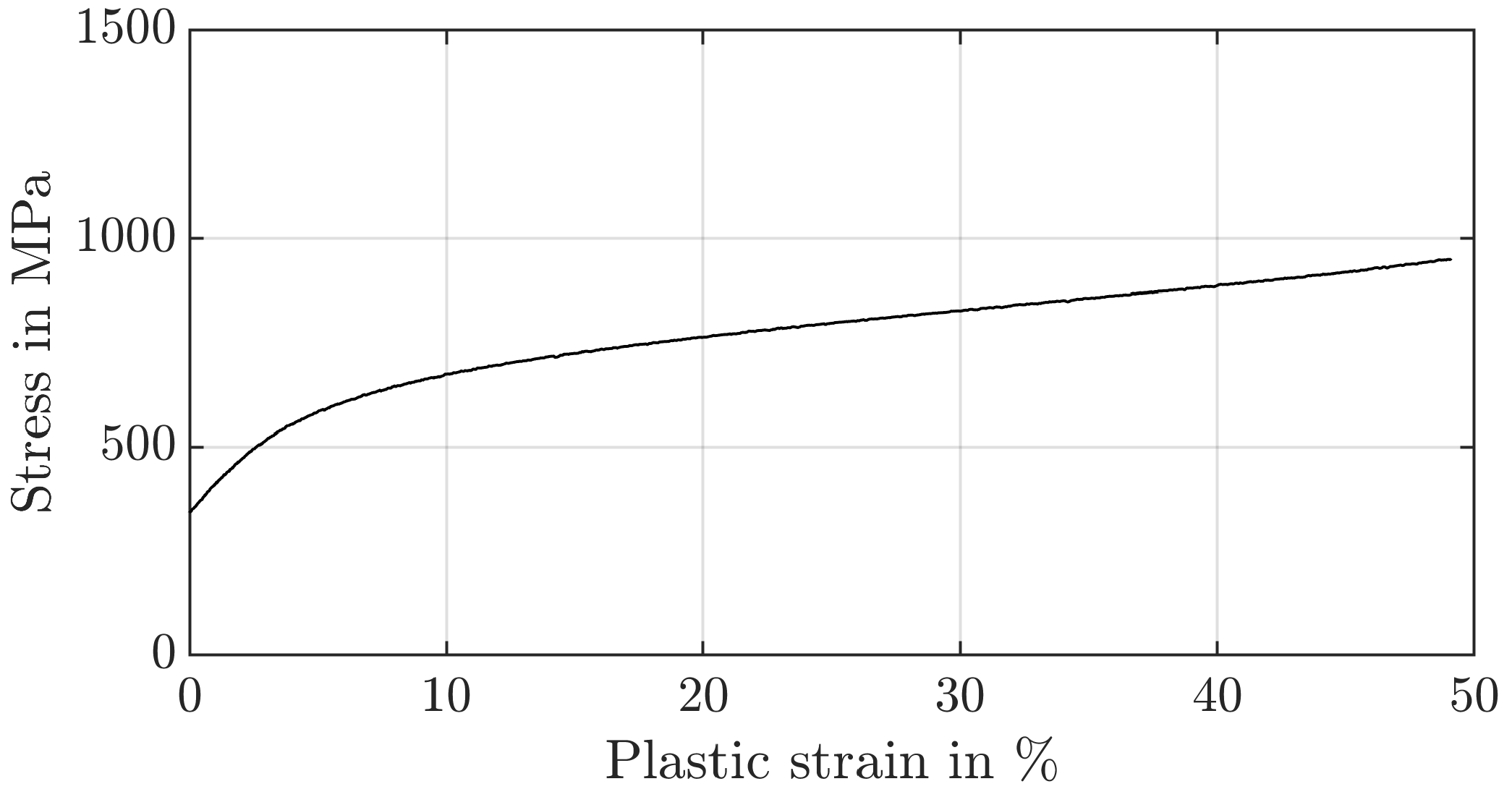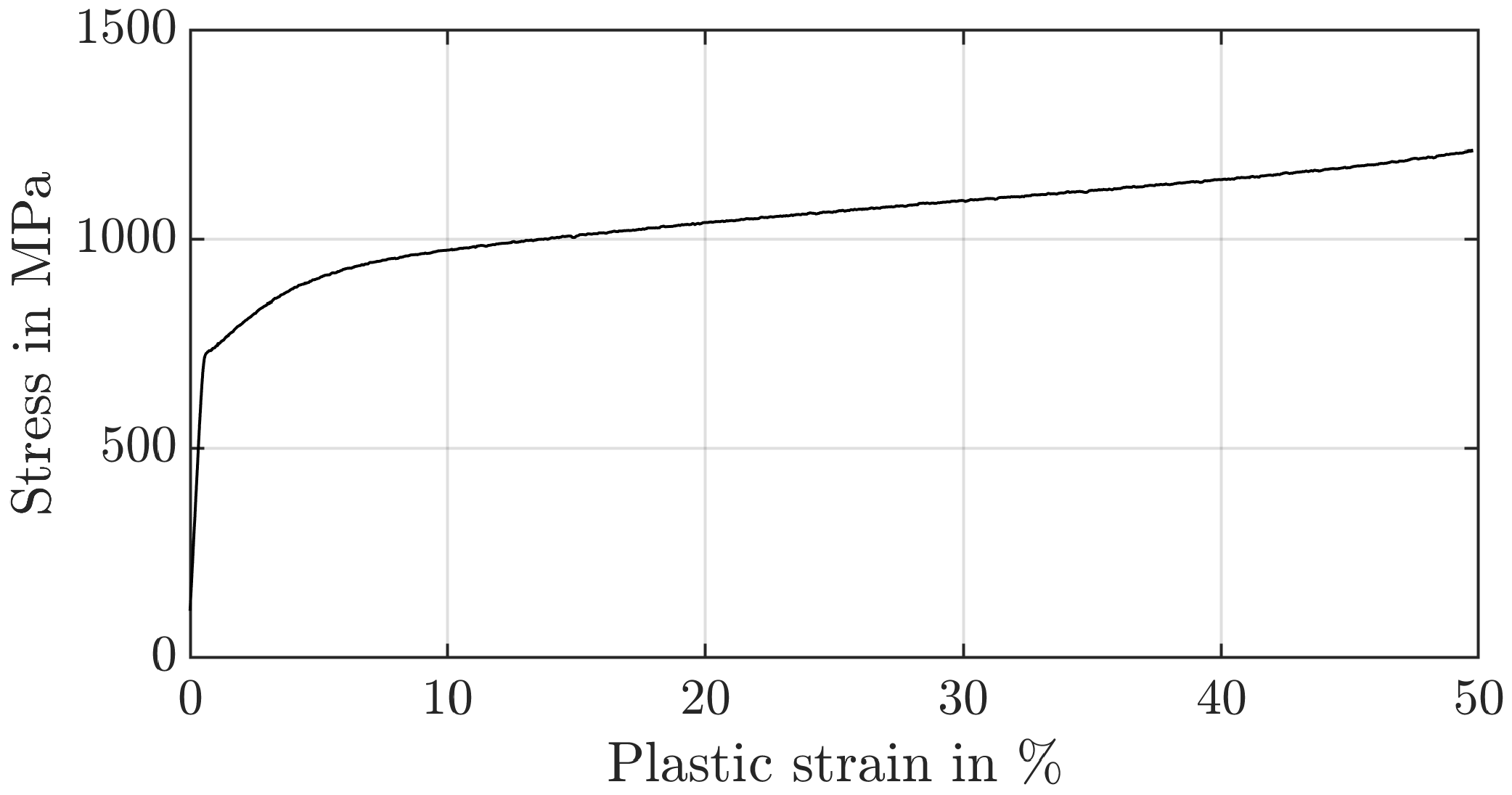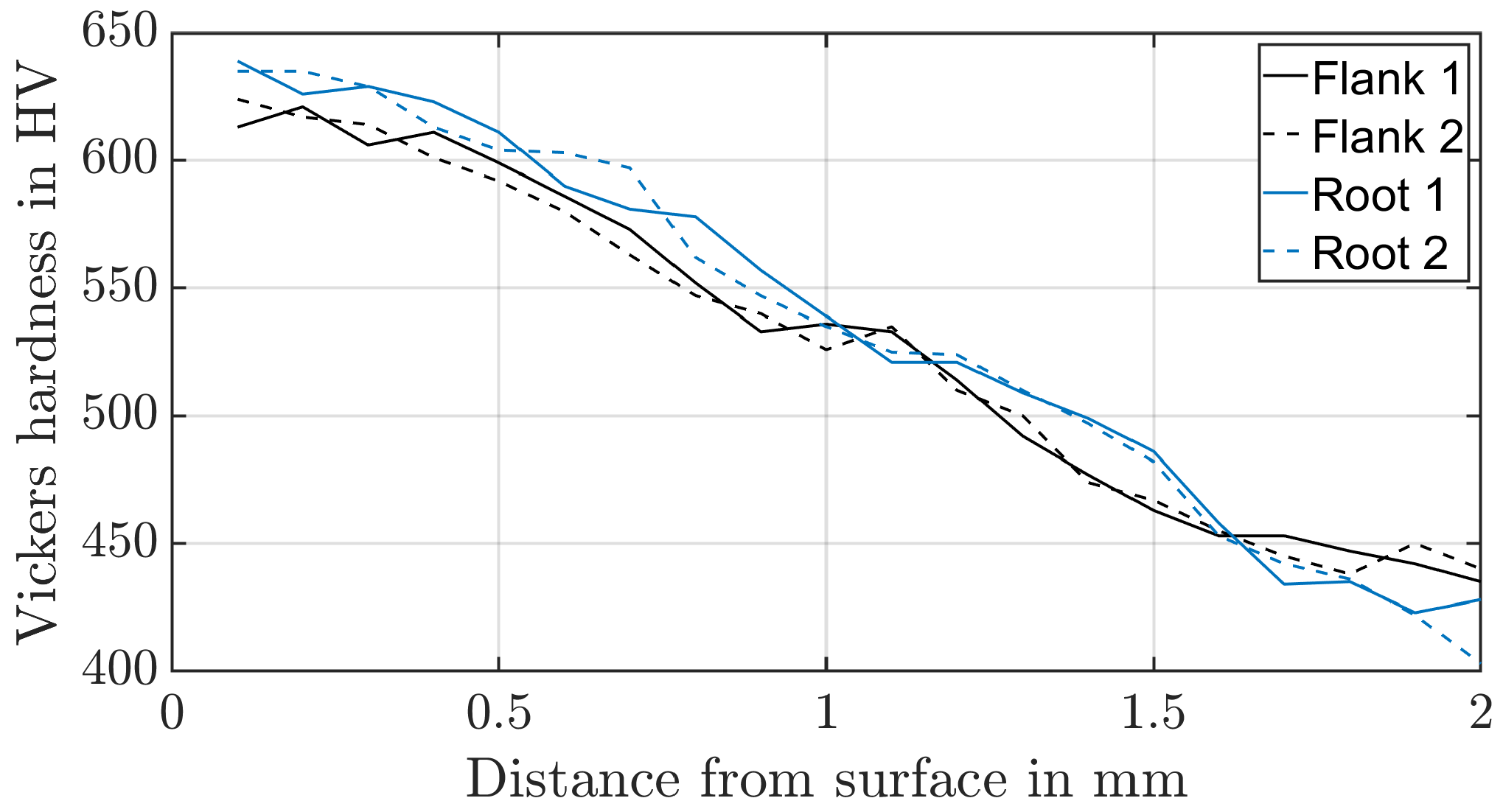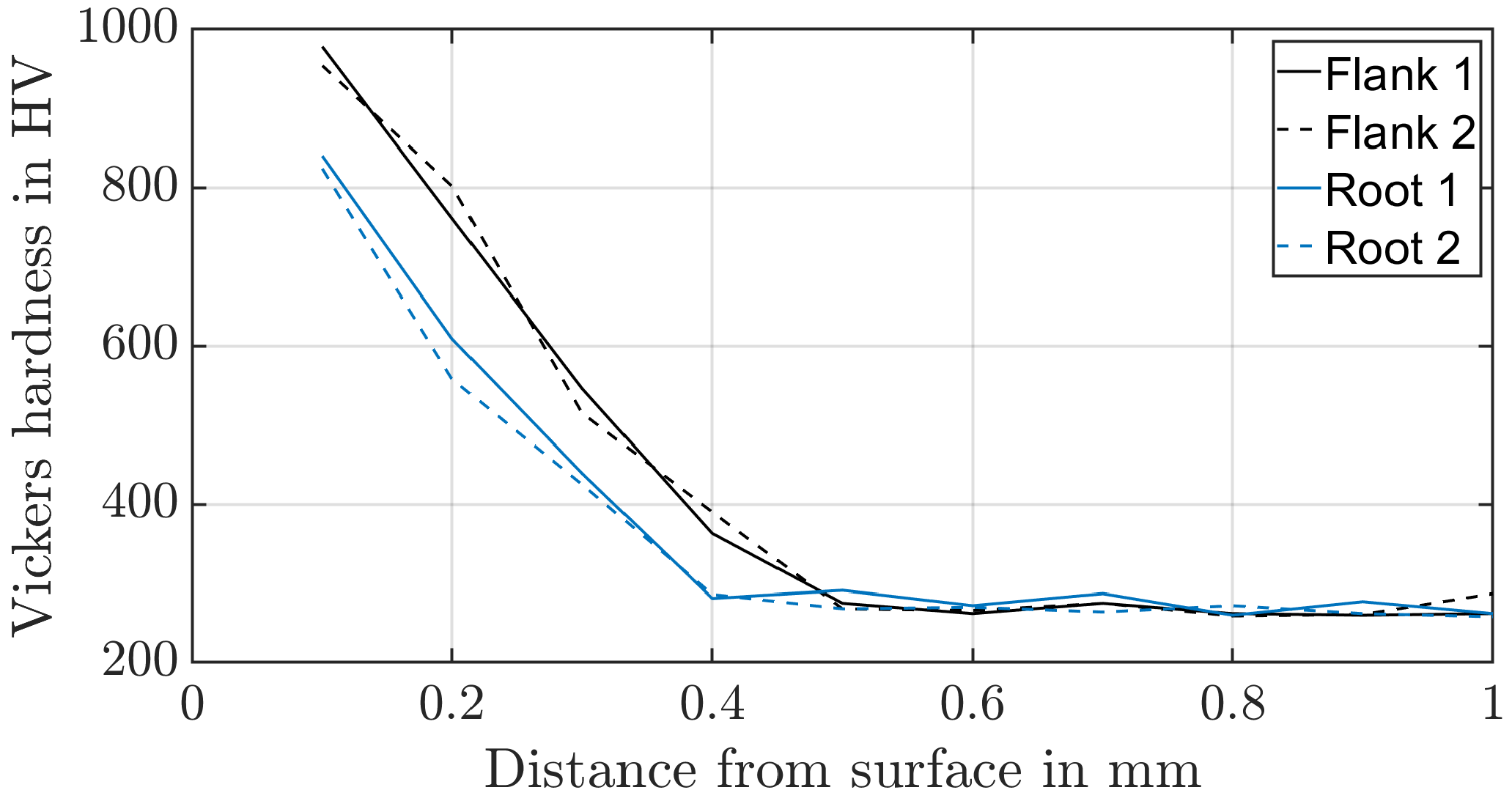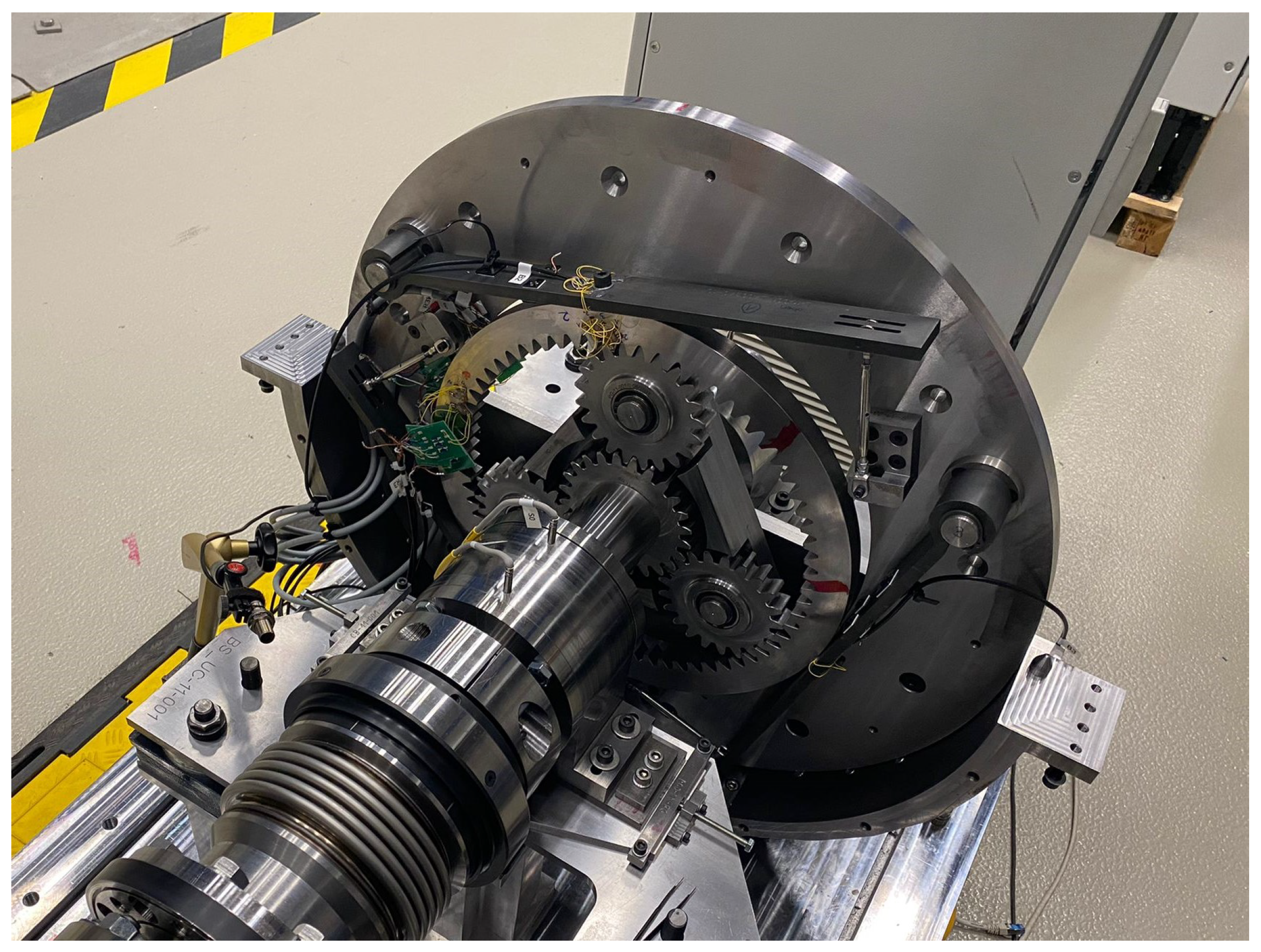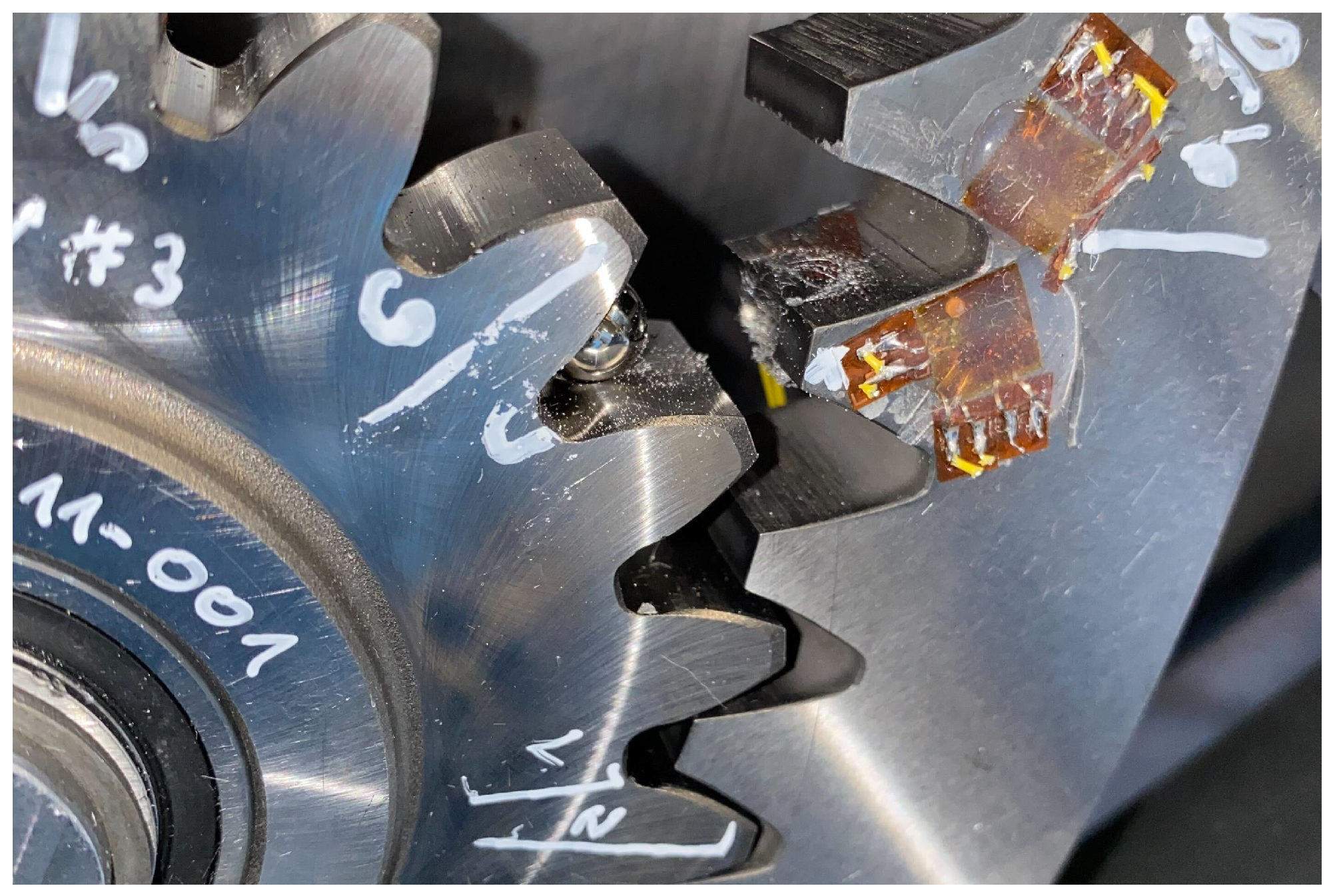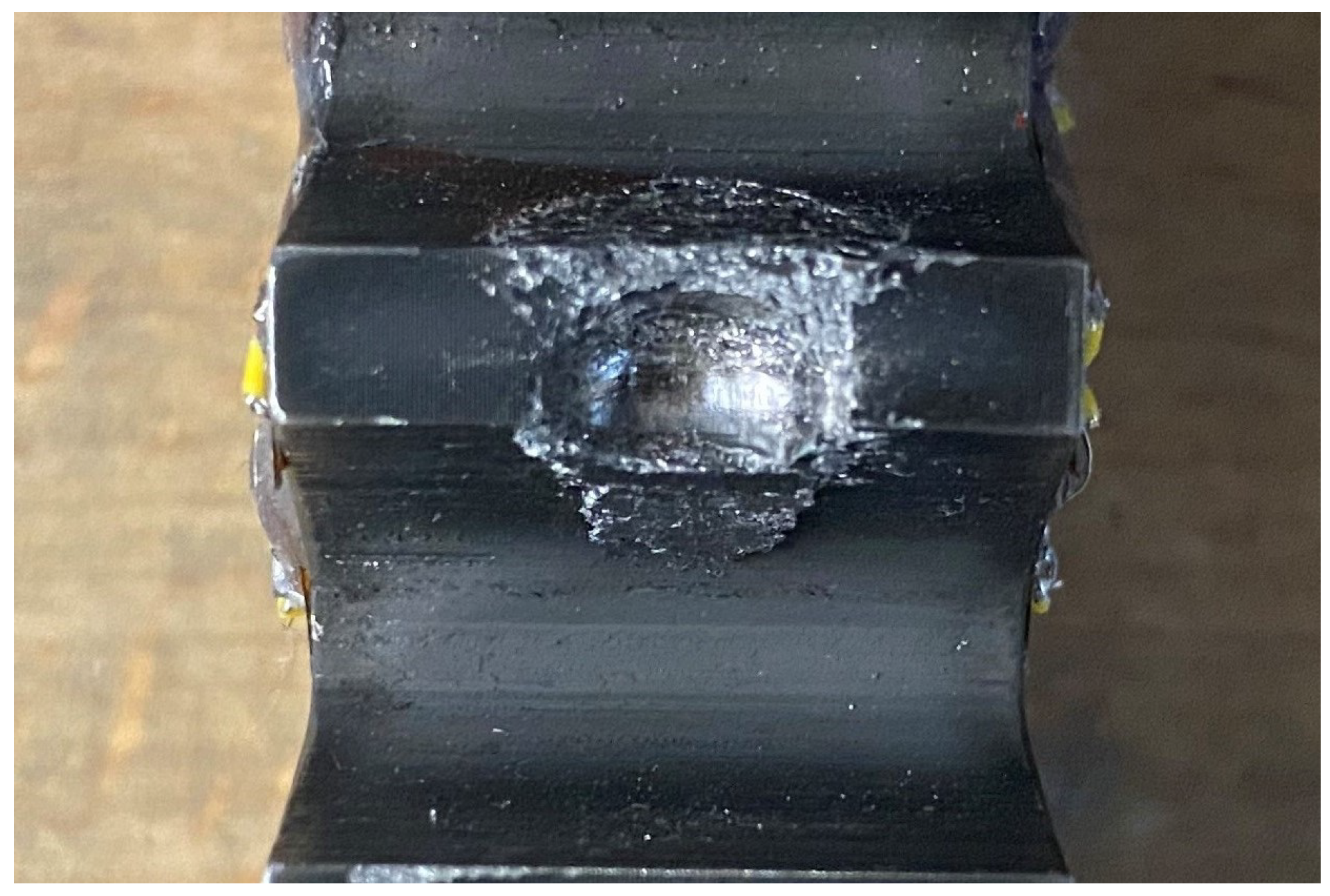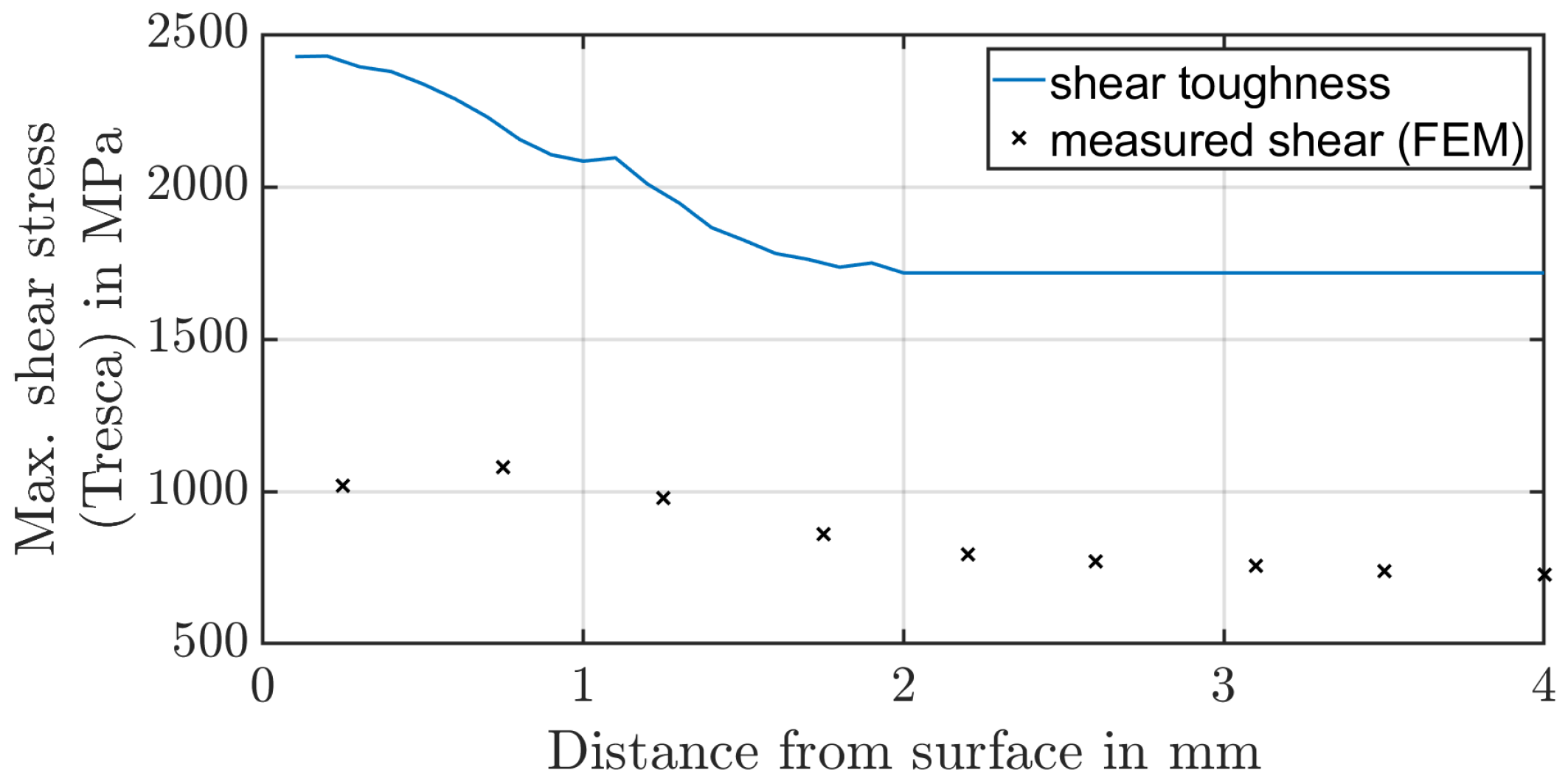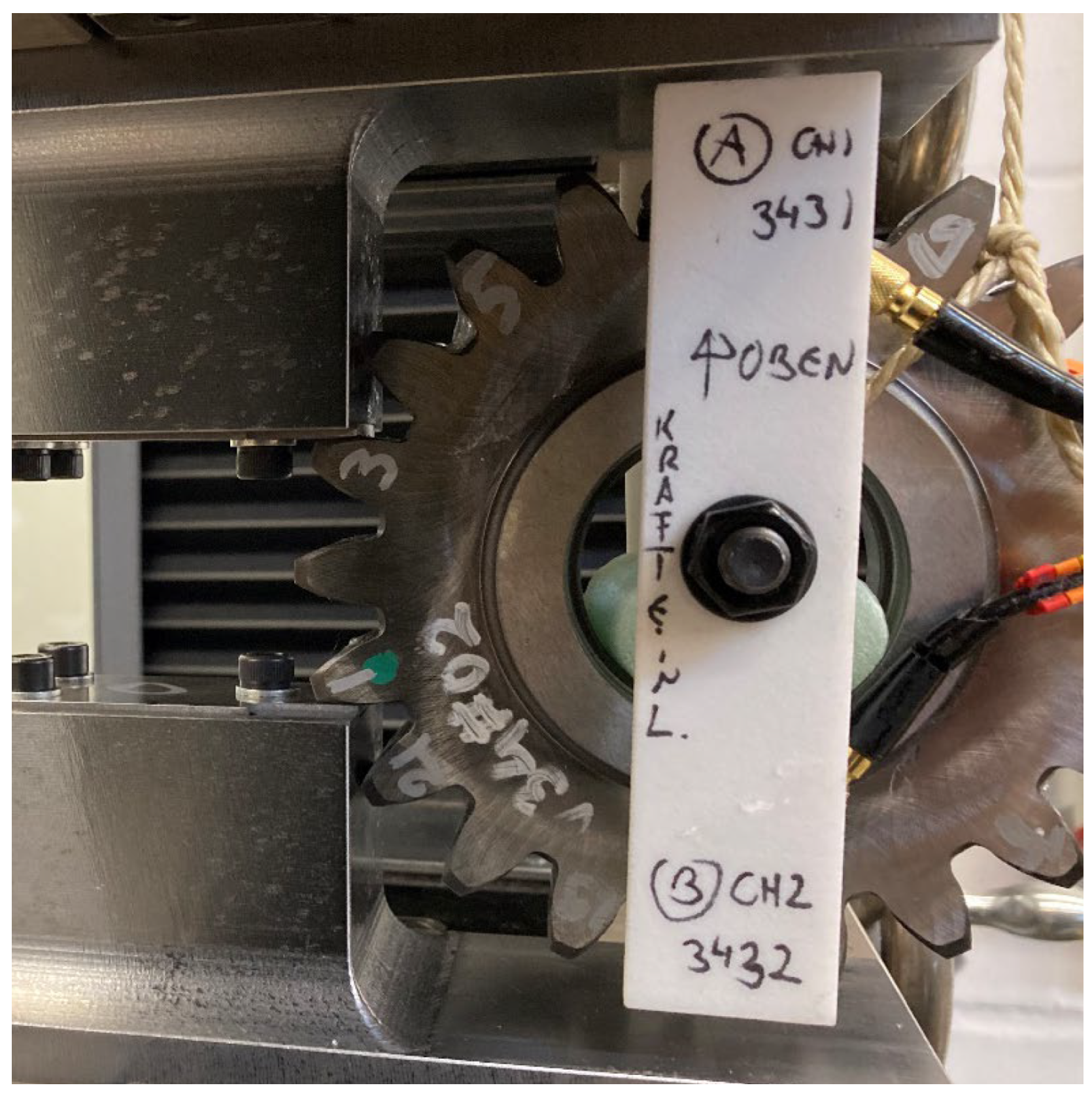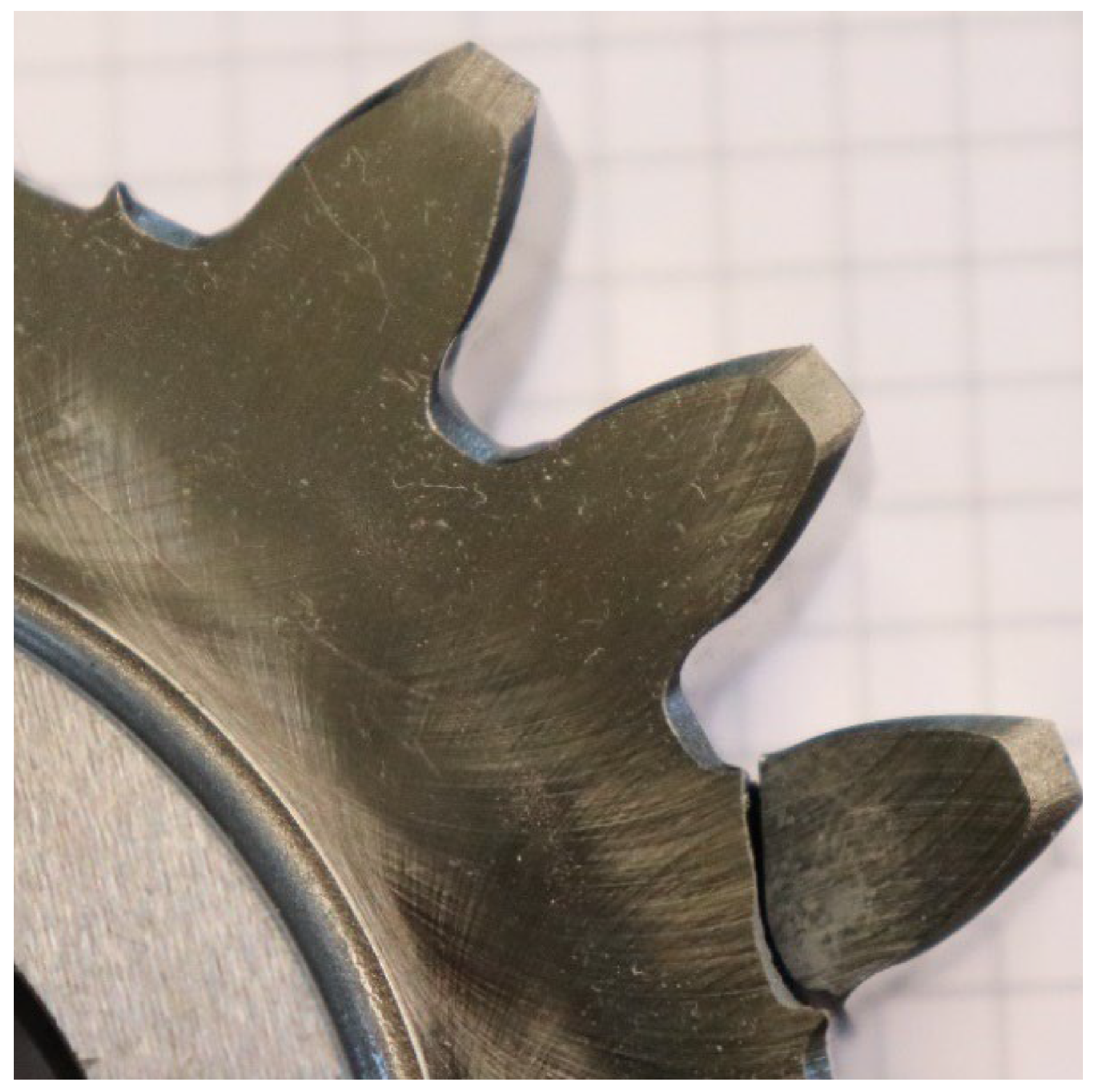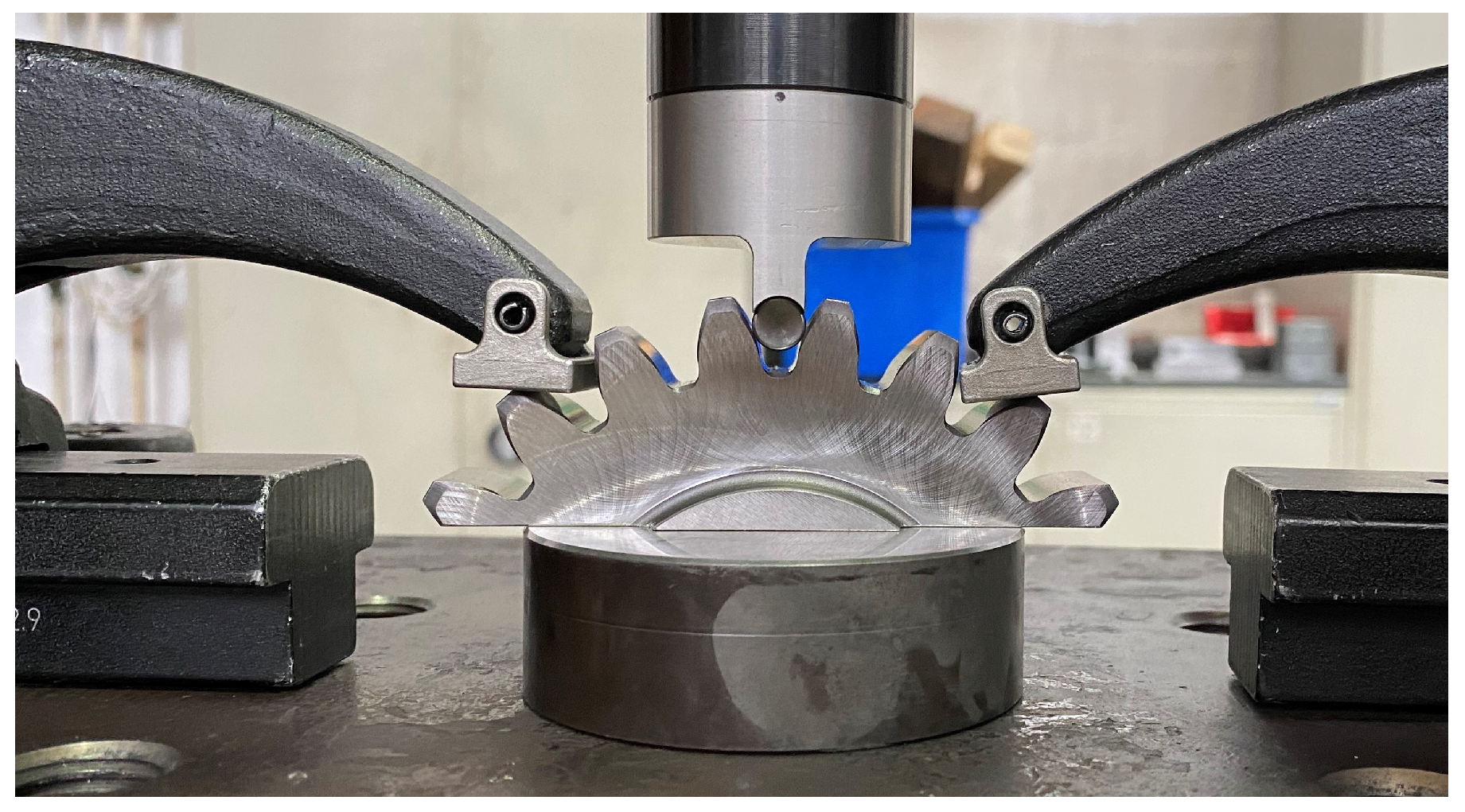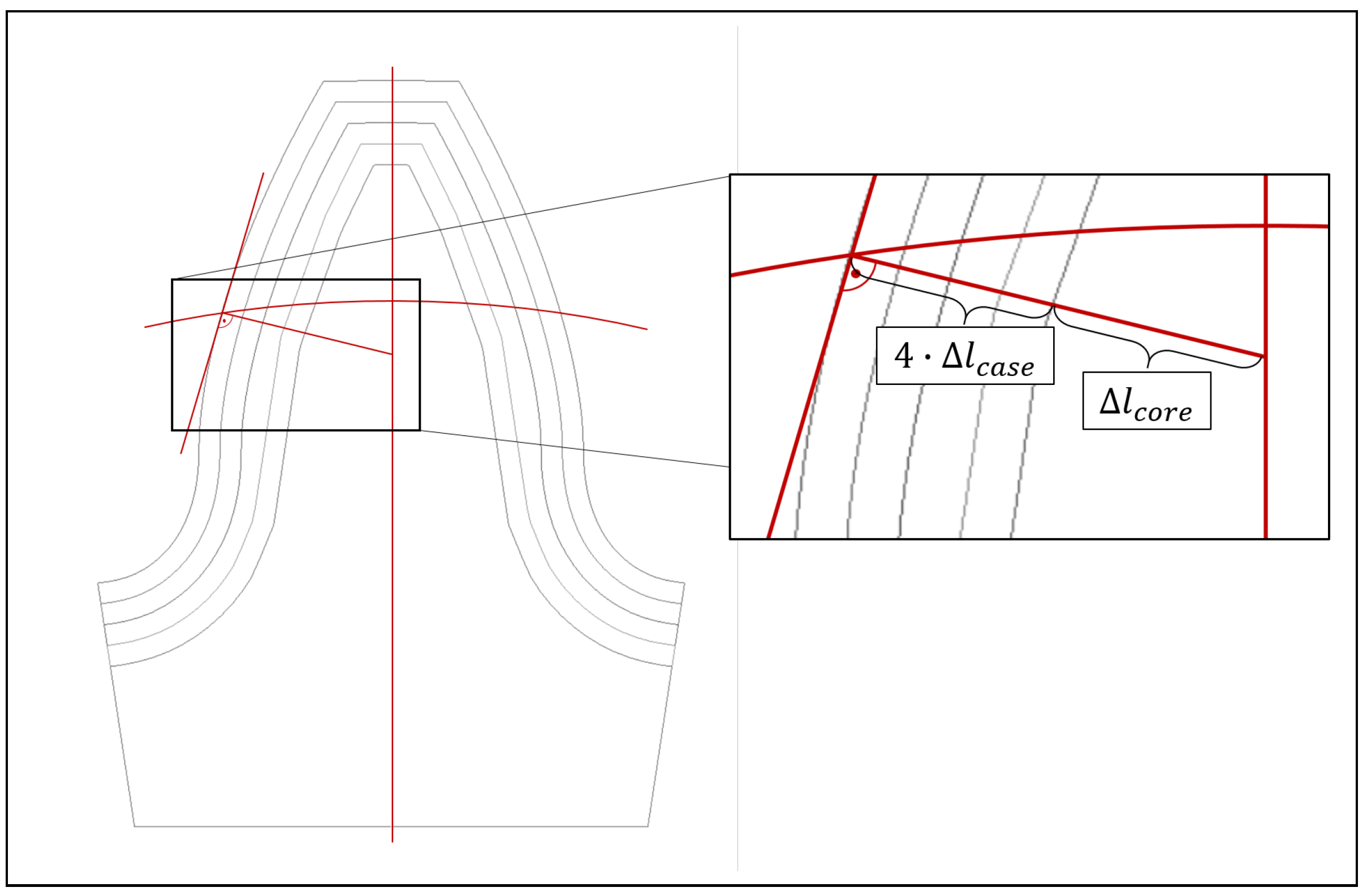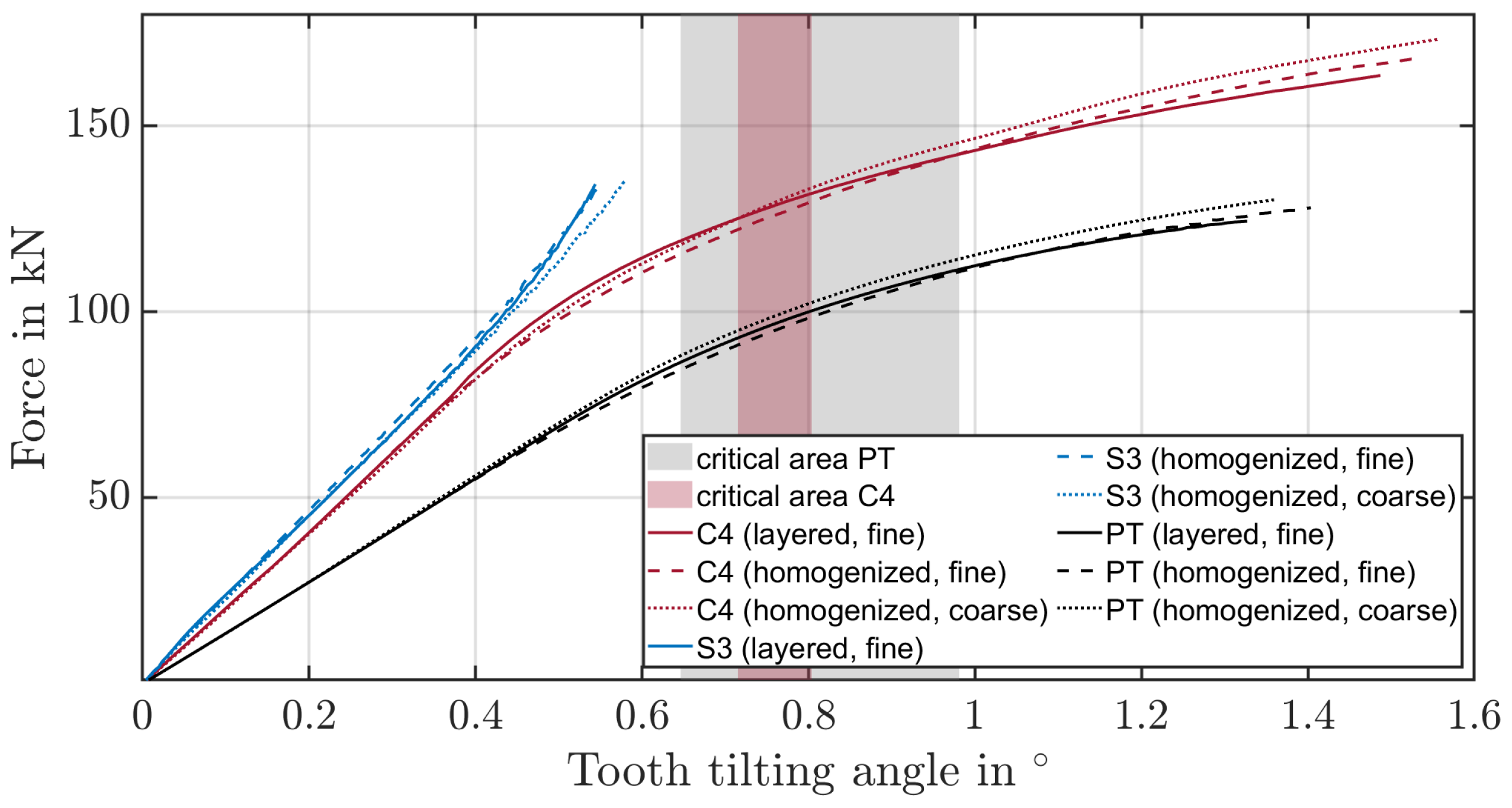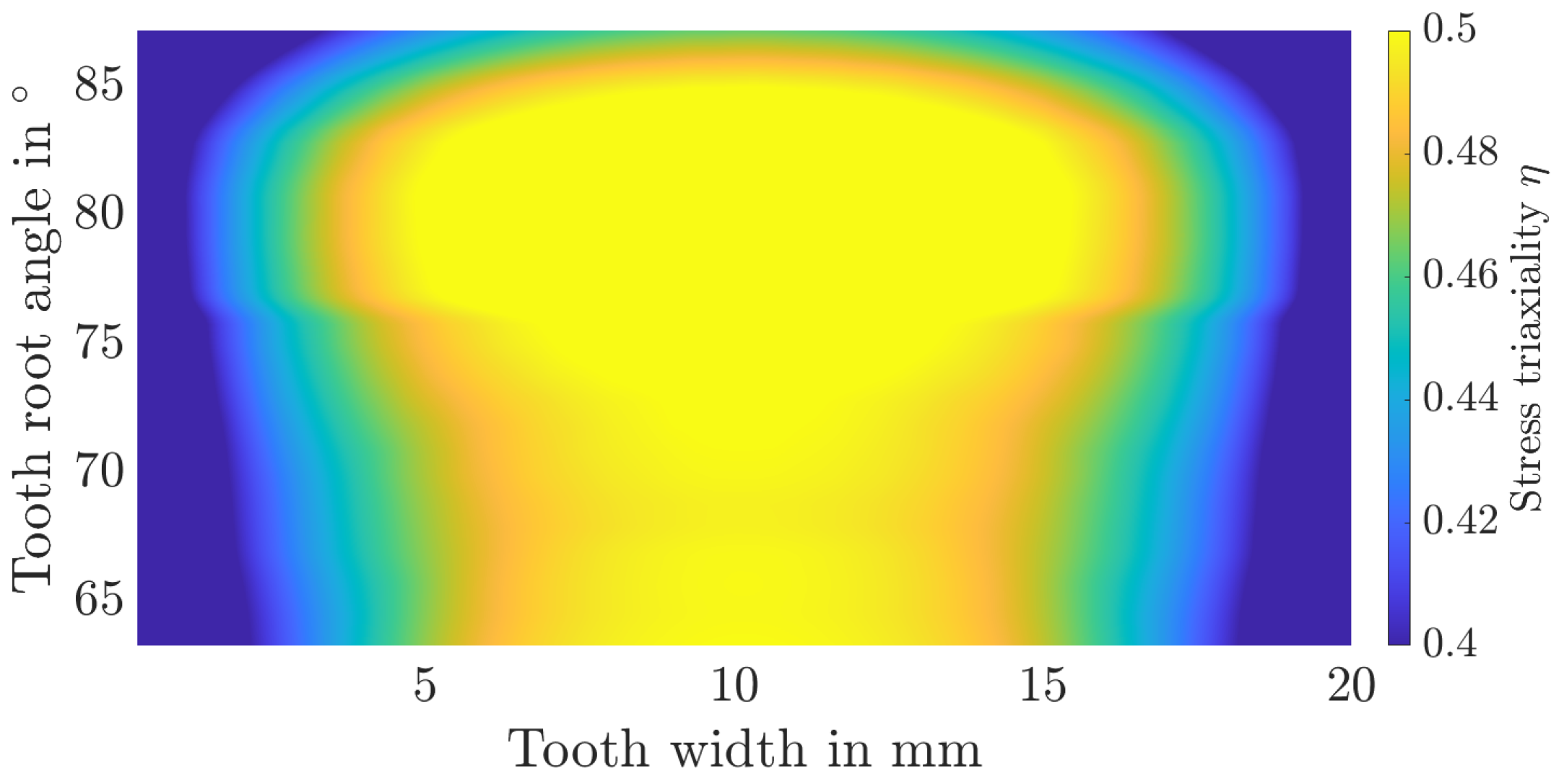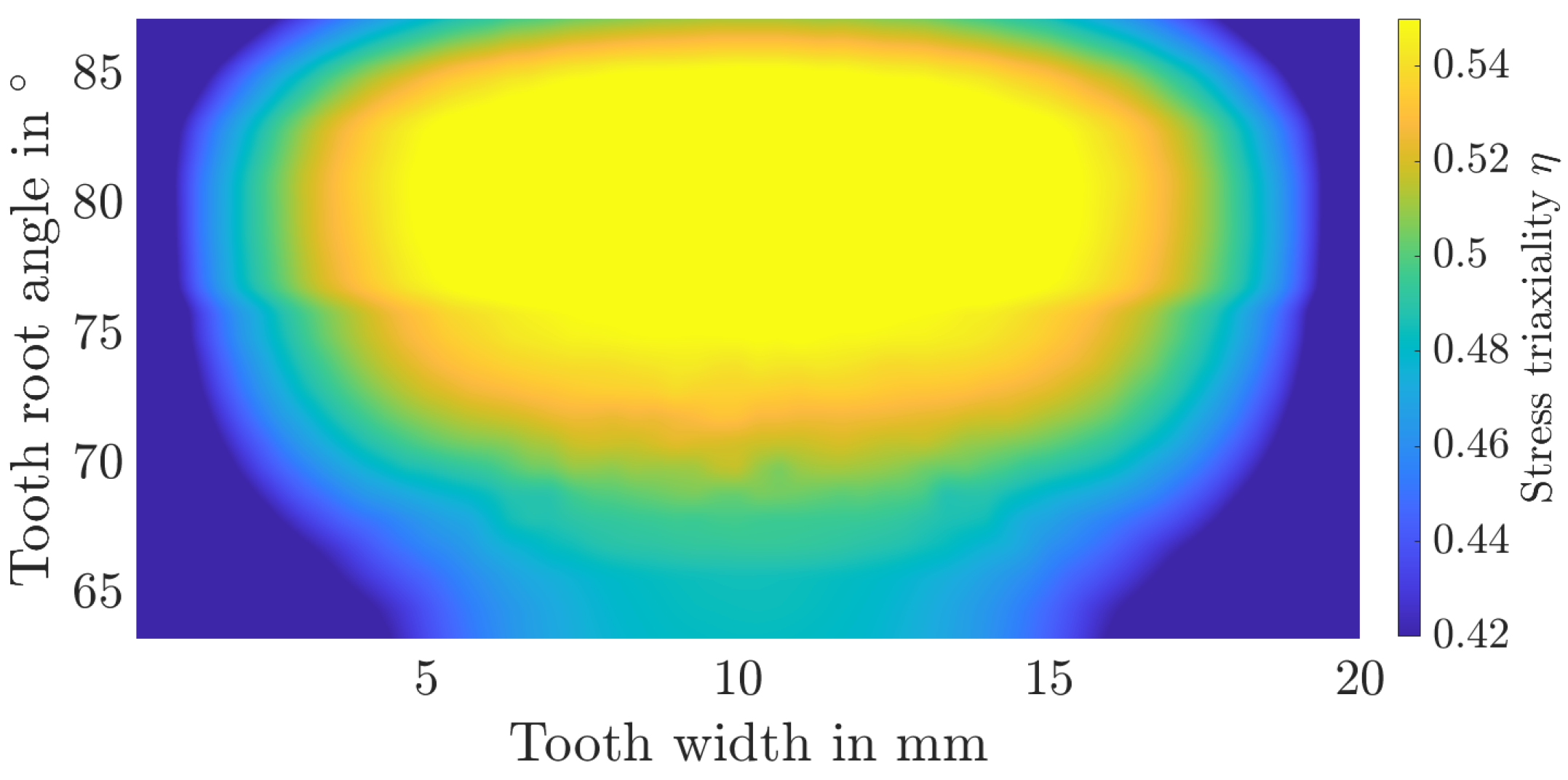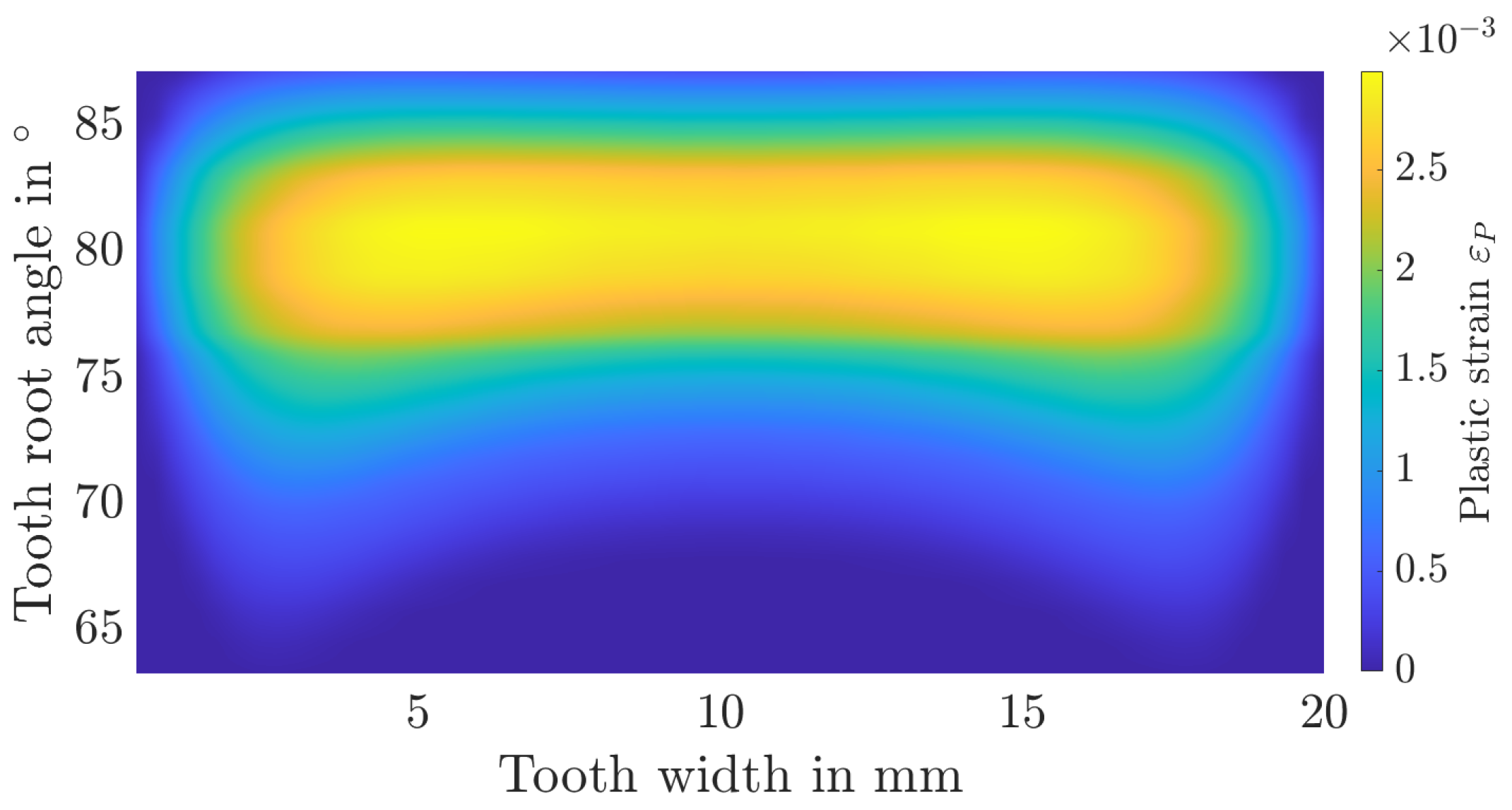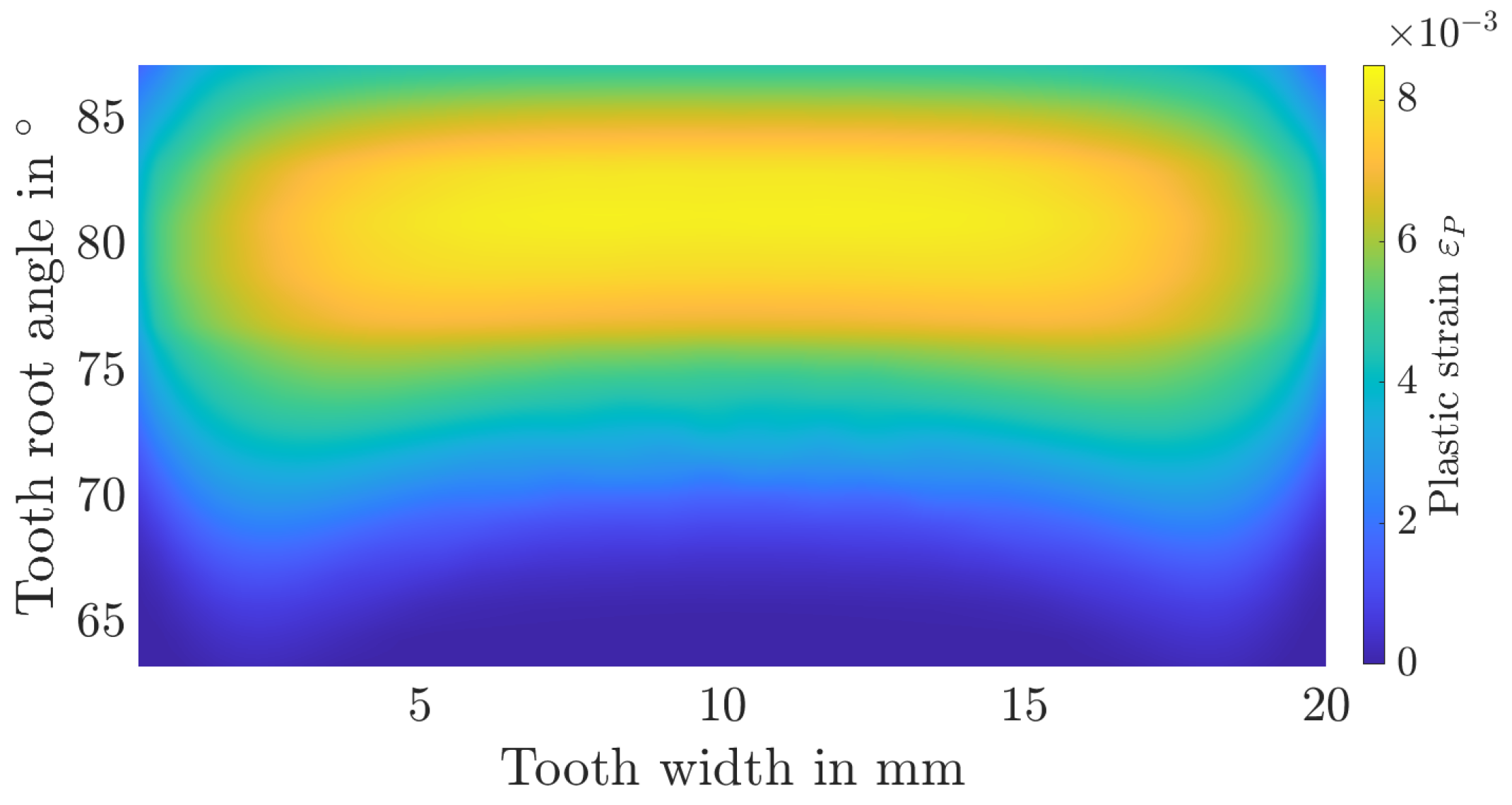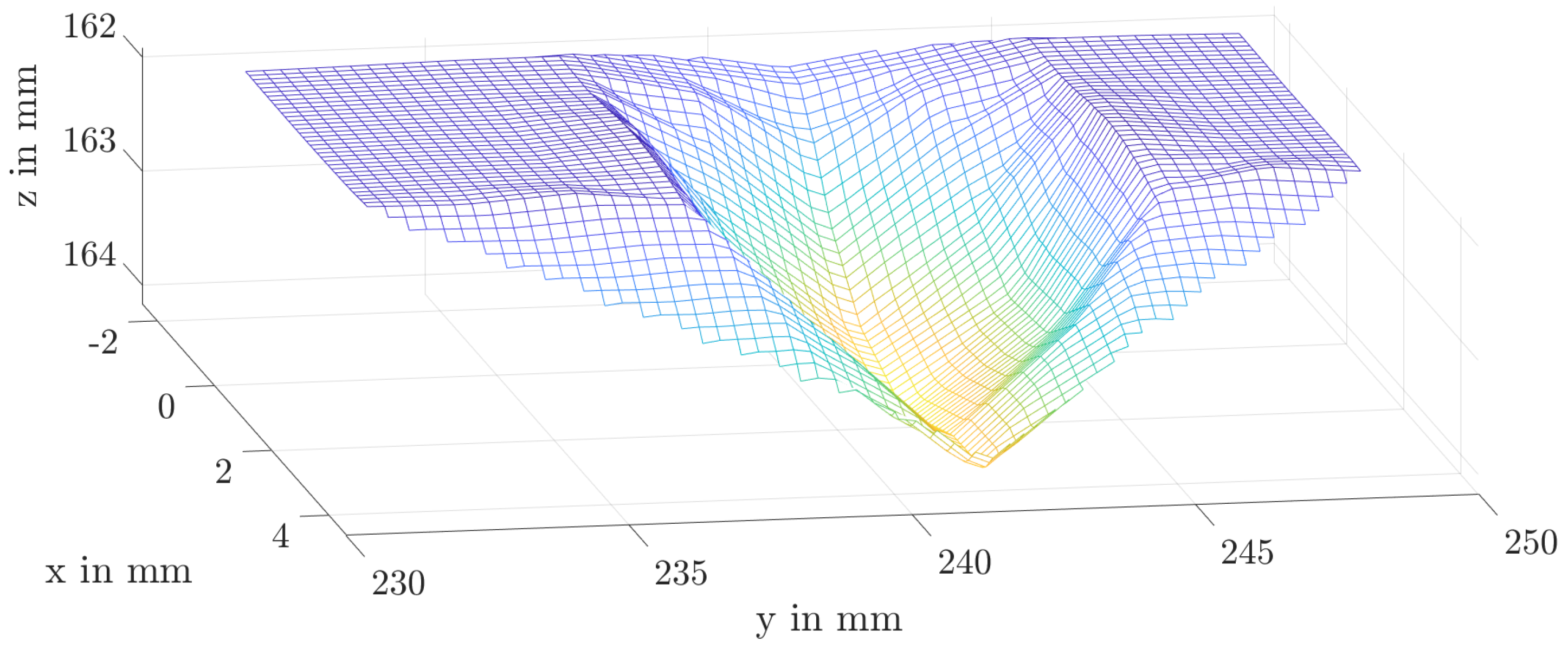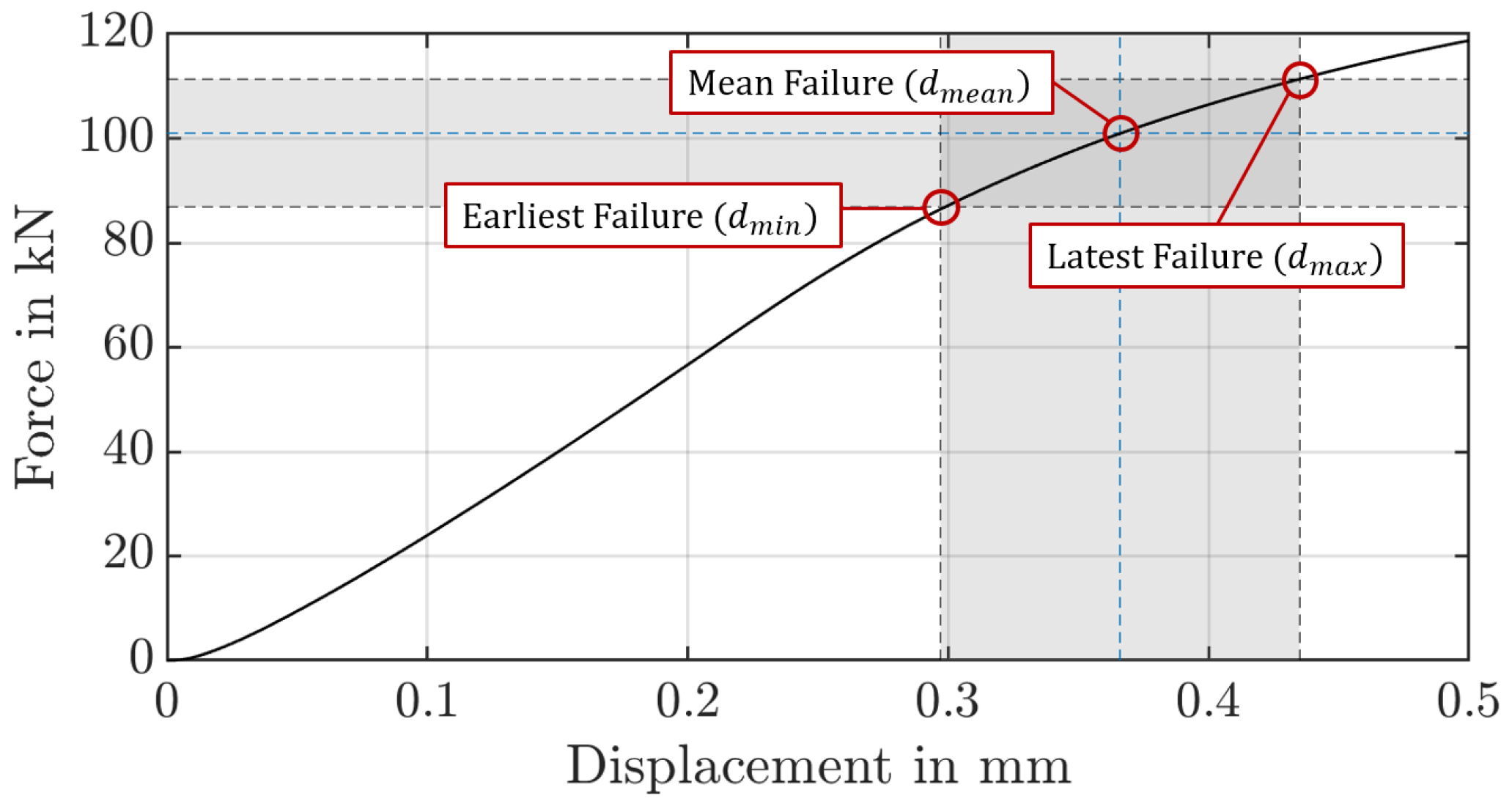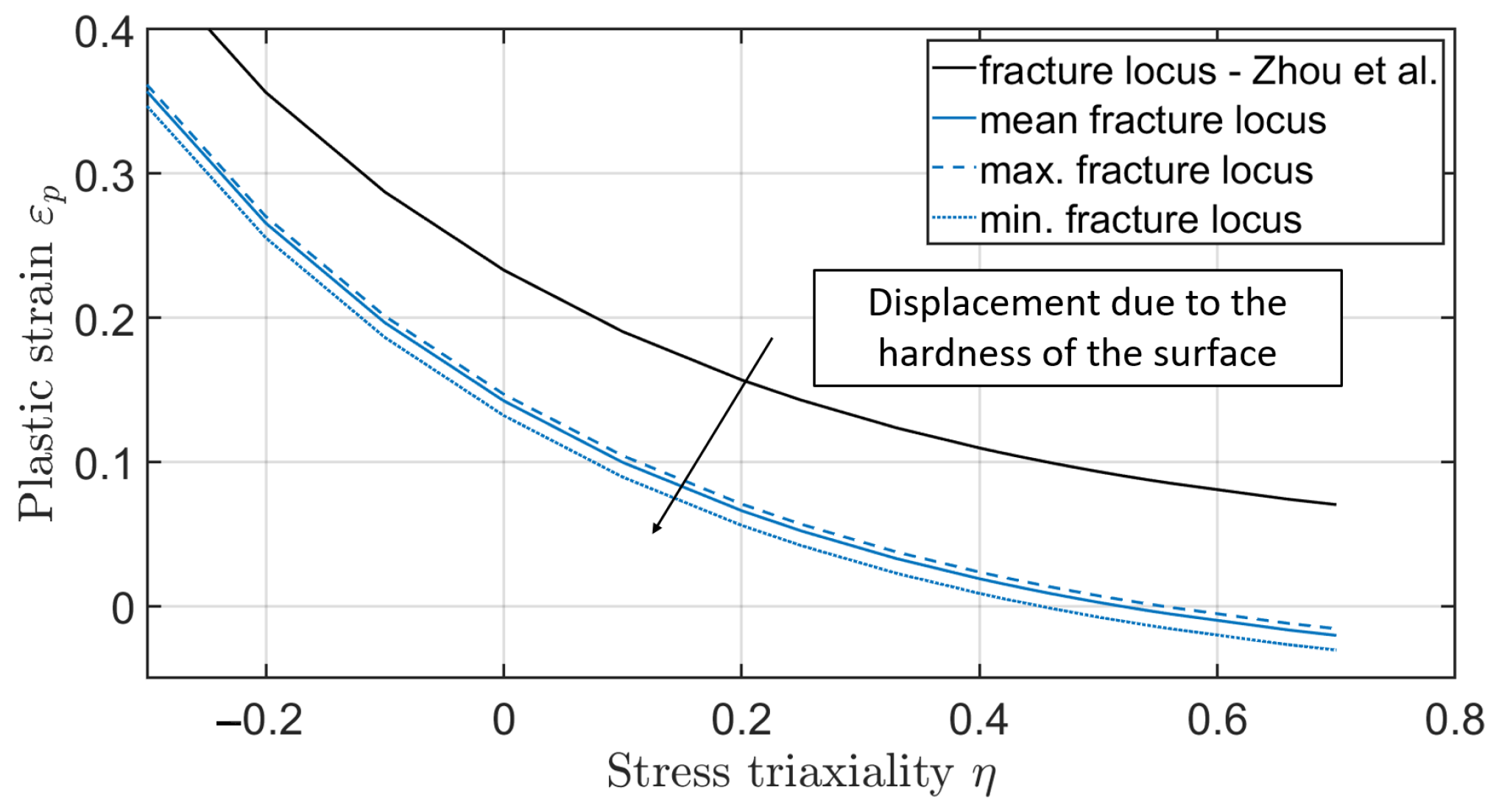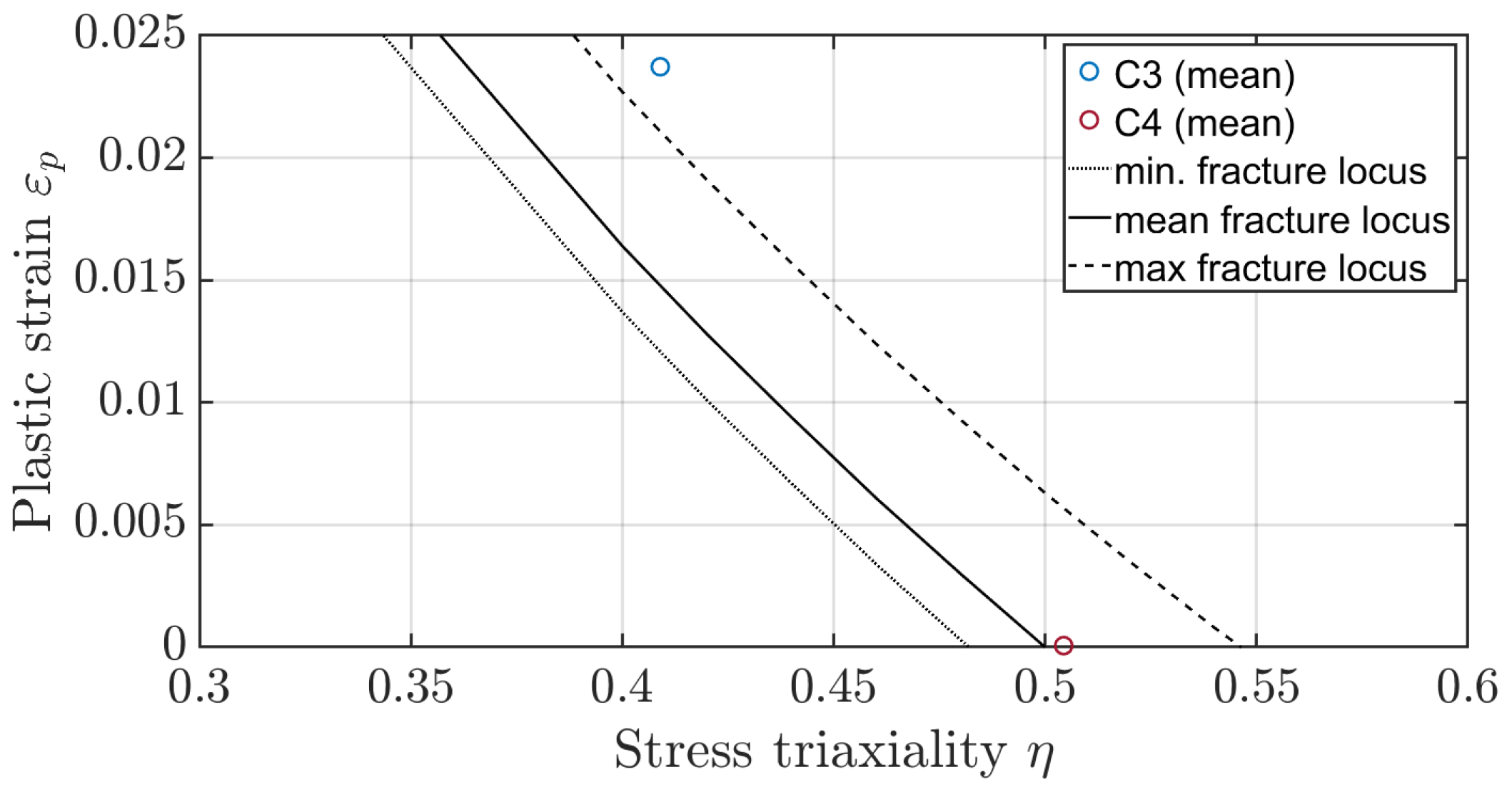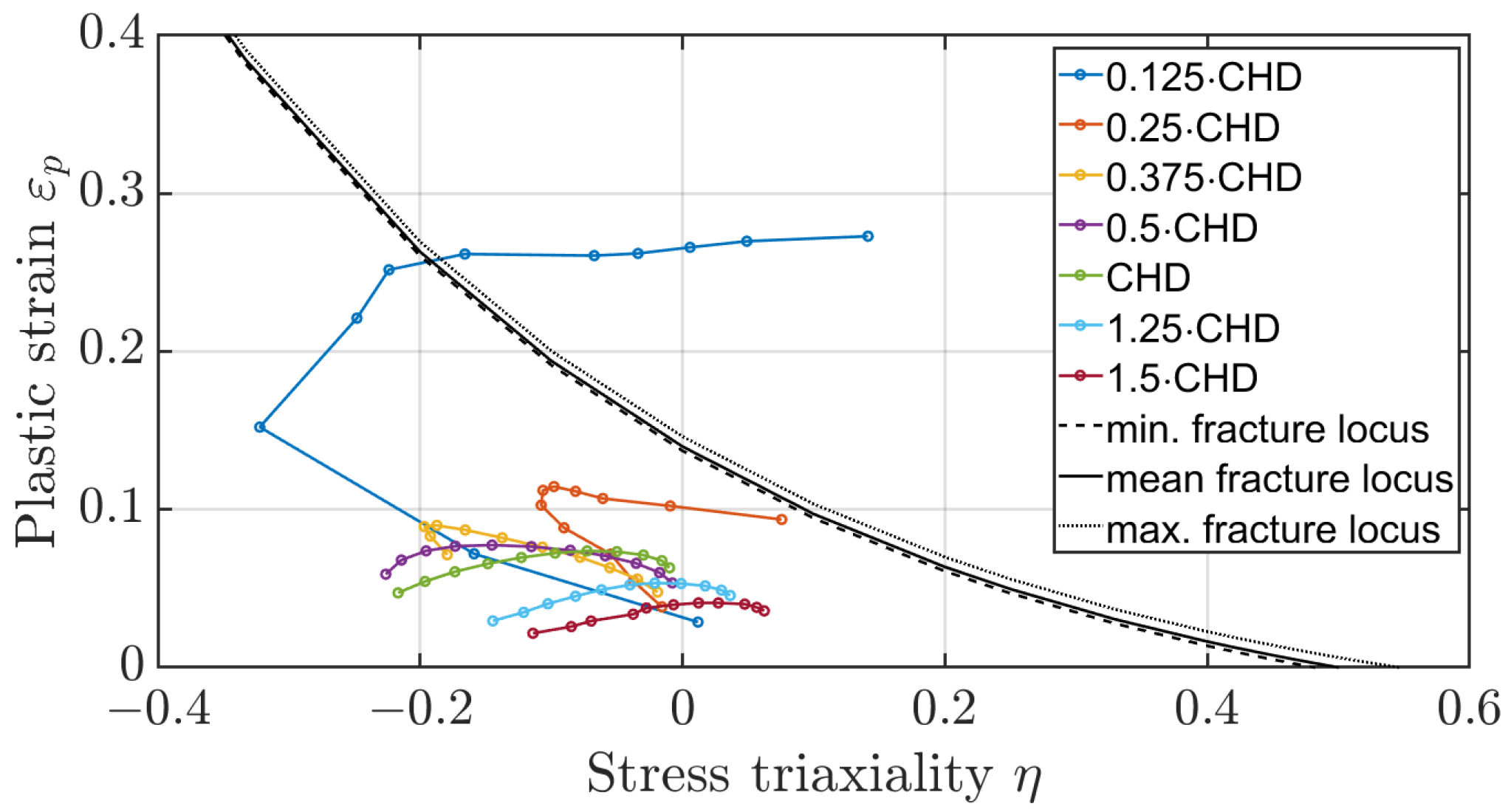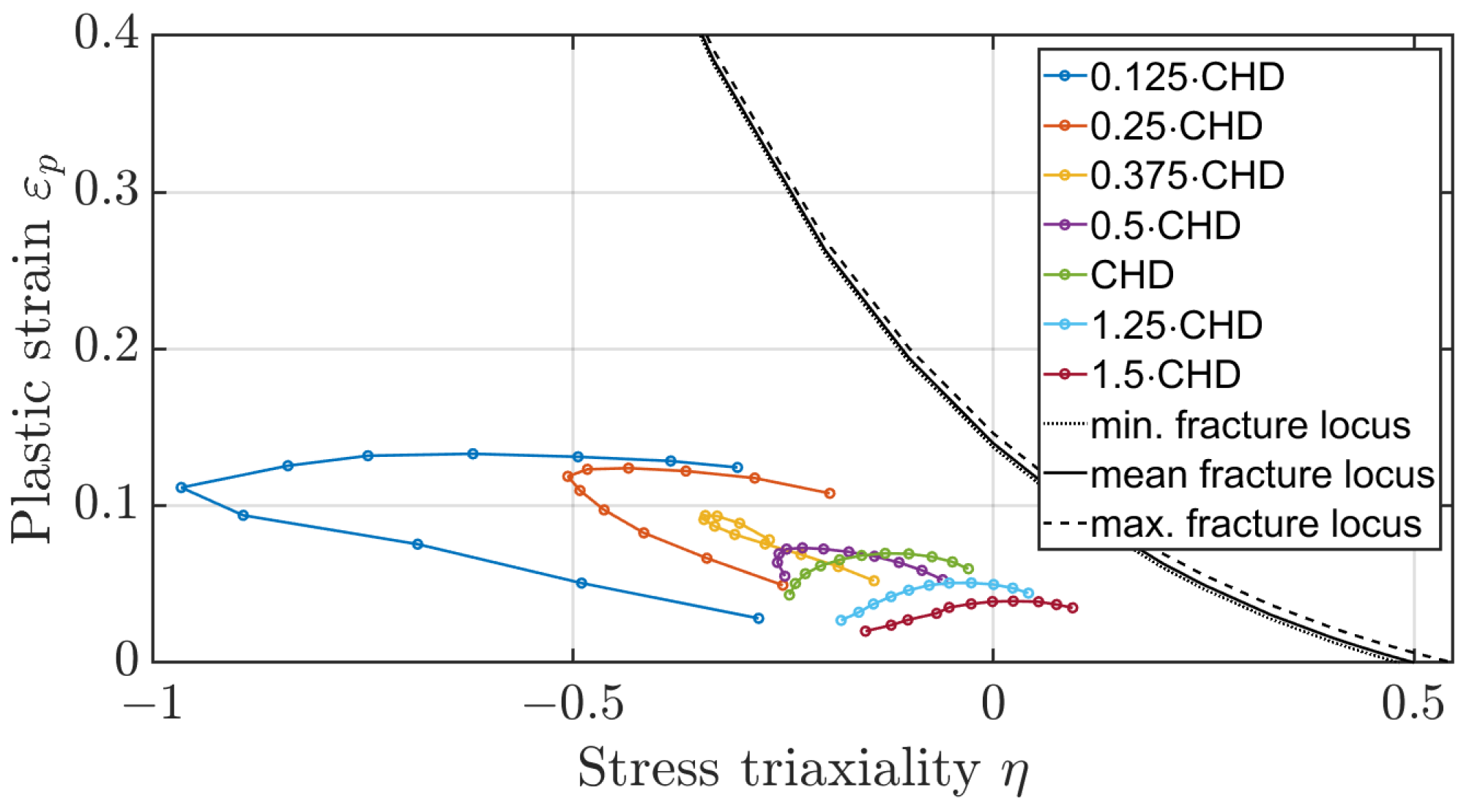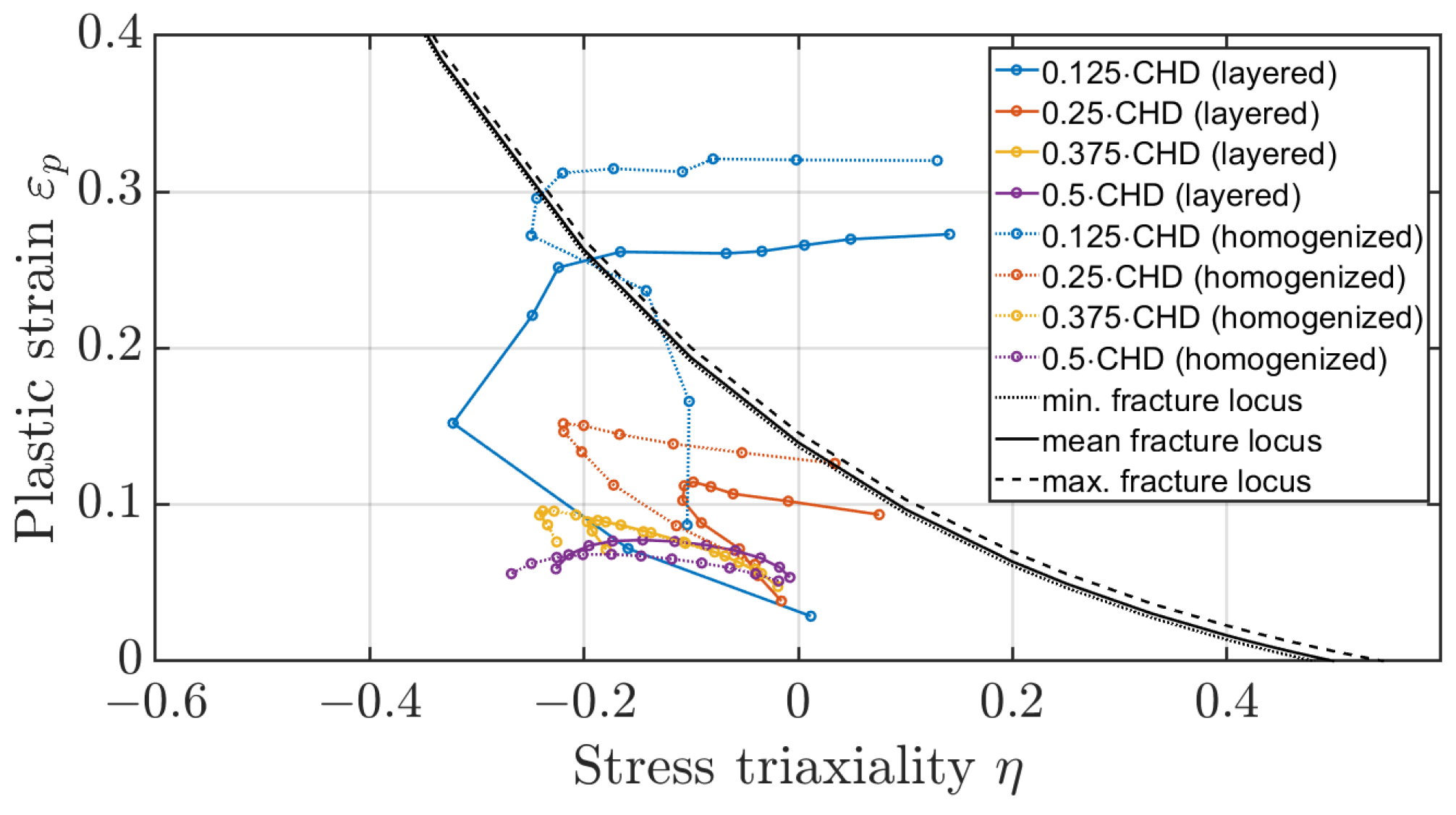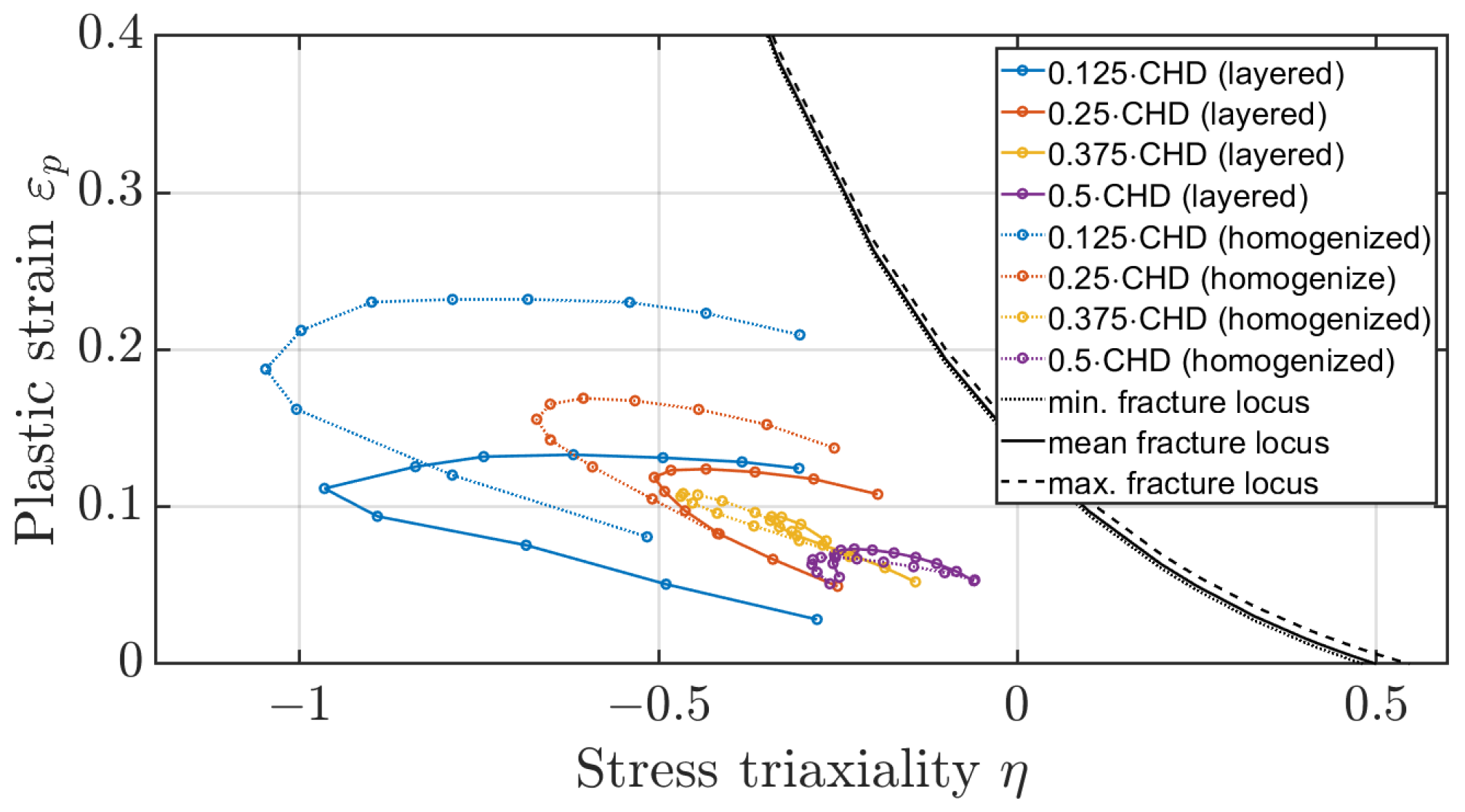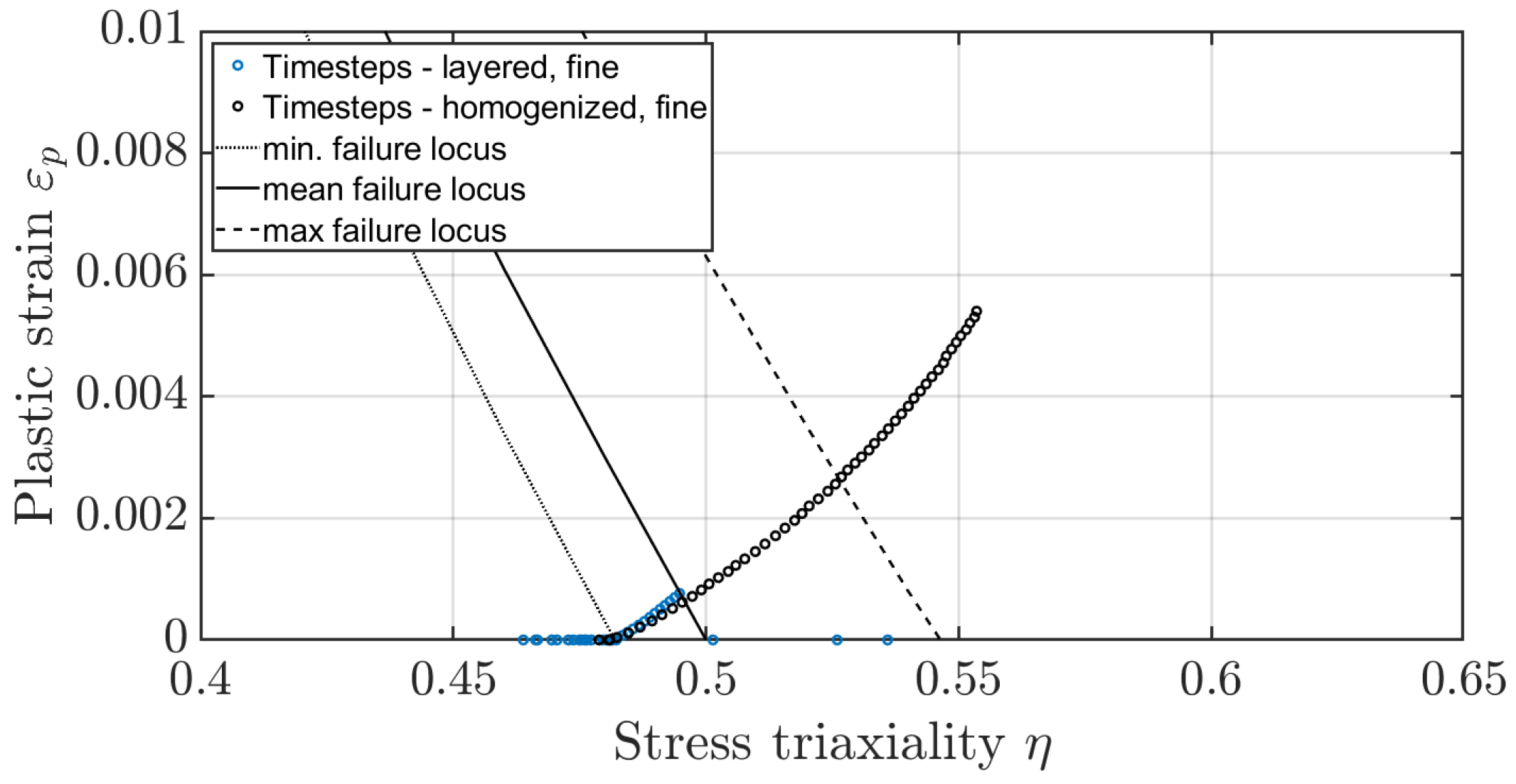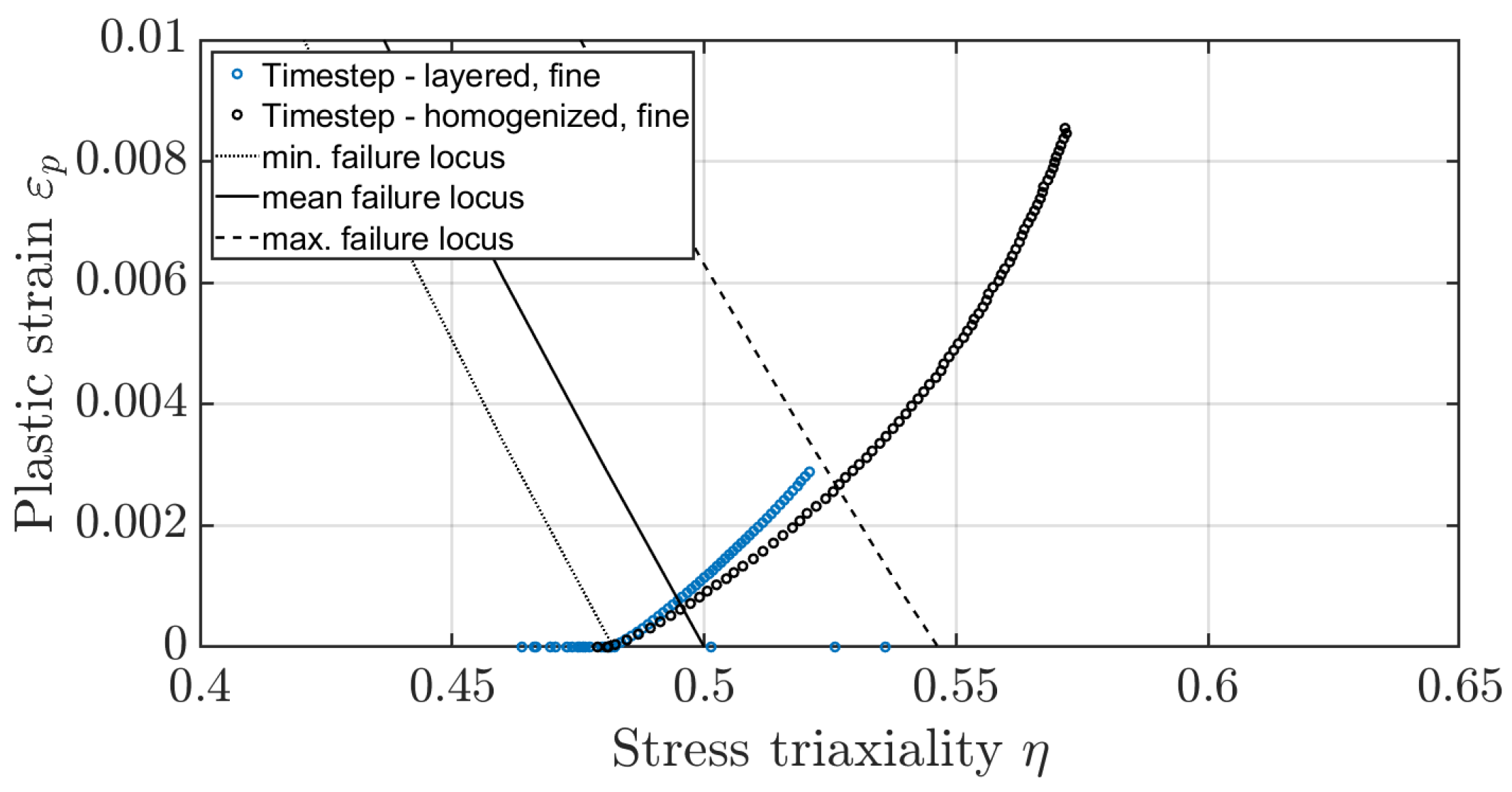1. Introduction
For the market launch of a new engine type with a gearbox, certification is required. Therefore the Certification Specifications for Engines follow the rules of the European Aviation Safety Agency (EASA CS-E). The aim is to detect potentially hazardous effects for the Power Gear Box (PGB) like the release of high energy debris (HED) and PGB seizure leading to a locked Fan. For the certification, a certain likelihood of potentially hazardous engine effects needs to be ensured. It is crucial to distinguish between benign and catastrophic cracks. The former is defined as propagation through the gear teeth, while the latter is defined as propagation through the gear rim. The probability of catastrophic failure must be reduced to a minimum. The likelihood of catastrophic failure must be reduced to a minimum. In contrast, benign failure is permitted. So far, there is no literature available on the repetitive ingestion of a specified metal fragment into the gearing of a gearbox. However, two studies were found on the ingestion of an undefined metal fragment without any metrological evaluation [
1,
2]. In both examinations, nevertheless, there was only plastic deformation of the fragment, but no fracture of the gears. Therefore, this study examines the failure mechanism resulting from the re-ingestion of a metal fragment that is both tooth-sized and trough-hardened, with precise accuracy, into a quasi-static rotating planetary gearbox. Since experiments are costly, time-consuming and difficult to access with measurement equipment, it is necessary to implement and validate a numerical model additionally. Due to the high computational effort in the numerical approach that considers the hardened surface of the gears, homogenisation is necessary for this study. This paper shall not employ any black-box models. Instead, a grey box model will be used with a suitable strategy for determining the constitutive material properties, including the strain hardening factor, elastic modulus and yield stress, as well as the material constants of the fracture locus for both the surface-hardened and the homogenised model.
The indenter technique is a well-established method for determining the constitutive material properties of surface layers, as these tests are easy to repeat and can be carried out on small samples. Assumptions regarding the behaviour of Young’s modulus and strain hardening factor within the surface layer vary, and it can be concluded that the behaviour is material-dependent. Nayebi et al. [
3] predicted the decreasing hardness profile of nitrided steels using instrumented ball indentation and finite element analysis based on the effective evolution of hardness. The method has been evaluated using four different steels with constant strain hardening factor and Young’s modulus throughout the material. Cao et al. [
4] extended the method for sharp indentation to spherical indentation and identified the representative strain as a function of indentation depth and indentation radius. He determined the plastic properties, with varying strain hardening factors, based on an inverse approach. Moussa et al. [
5] used spherical indentations to investigate the material properties of surface-hardened materials. It is argued that the assumption of no variation of the strain hardening exponent is incorrect since results indicate a decrease in the surface layer compared to the core material. Branch et al. [
6] investigate the stress–strain behaviour of case-hardened steels as a function of depth using experimental and numerical methods. He utilised the variation in Micro-Vickers hardness with depth for both virgin and pre-deformed plastically graded materials. It is shown that this specific material has a linear variation in yield strength but a constant strain hardening exponent. To determine the strength coefficient as well as the strain hardening factor he used the compression test. The disadvantage of the Vickers indenter test is the necessity of reevaluation in order to convert the measured hardness to determine the yield stress. In order to reevaluate the hardness into yield stress, Tabor established one of the most popular analytical equations [
7]. He used the correlation
for perfectly plastic engineering materials. Thereby, H represents the Vickers hardness and
the yield stress. For materials with strain hardening, the yield stress
is replaced by a representative stress
at a representative plastic strain
. This concept was also first introduced by Tabor [
8]. In the case of a conical indenter, the following relationship can be established between the constraint factor
, the hardness H and the flow stress
at a representative plastic strain
[
7]:
So far, the literature has not agreed on a single value for the representative strain [
8,
9,
10,
11,
12,
13,
14,
15]. Tabor [
8] performed experiments on two materials, mild steel and pure copper, and defined a representative strain
. This value is determined so that the ratio between the mean pressure H and the corresponding representative stress
is equal to
. Another well-known numerical approach was made by Mata et al. [
9] based on a variety of steels. The constraint factor was found to be
, and the representative strain was obtained to be
.
In addition to the plastic deformation, a crack in the planetary gear is expected as part of the investigation. It is still necessary to determine the conditions that initiate a crack in the tooth flank or root.
The tooth root failure is one of the typical failure phenomena known in the literature, which can occur with overload. The crack initiation point is located on the surface of the tooth root. The strength of the tooth root can be estimated based on ISO6336/3 or American Gear Manufacturers Association (AGMA) or according to contact analysis based on higher-order deformation theory, which is known to be more precise [
16]. Some researchers use quasi-static pulsator tests as an analogue test to document the cracking behaviour of spur gears [
16]. Here, the maximum tooth root strength can be determined by continuously increasing the force until an initial crack occurs.
Less frequently, flank breakage or tip breakage occurs at overloading [
17]. The first calculation methods to determine the local material strength refer to the shear stress intensity hypothesis, whereas Hertter [
18] has derived a practice-oriented model whose calculation is directly dependent on the existing hardness profile and can thus be directly determined by a hardness profile depending on the distance from the surface. The dependency of the maximal shear strength
to the hardness H of the material is shown in Equation (
2). Witzig [
19] has calibrated the value
based on results of experimental gear running tests. There are only a few publications regarding an analogue test that examines tooth flank fracture. Konowalczyk et al. [
20] develops such a concept. He uses separated tooth segments which are loaded by two actuators on the double pulsator test rig.
In the case of helical gears, facing edge tooth flank fractures can occur. As a result of unfavourable deformation and stress behaviour in the area of the tooth face, local overloading of the material occurs, leading to the initiation of cracks near the surface of the active tooth flank [
21].
Regarding failure mechanisms of ductile material in general the relationship between equivalent strain at fracture and stress triaxiality
(normalised hydrostatic pressure) has been investigated for many metallic alloys by various authors [
22,
23,
24].
thereby defines the hydrostatic stress and
the equivalent stress. A decreasing strain with increasing stress triaxiality was found for high-stress triaxiality (
). One of the best-known failure models with monotonic behaviour is that of Johnson–Cook [
23], which is an extended version of the model from Rice and Tracey [
25] and is dependent on temperature and strain rate. The analytical correlation between fracture strain
and stress triaxiality
by neglecting temperature and strain rate-dependent effects is
and defined by the material constants
, and
.
Xue et al. [
26] confirmed that a plane and an axisymmetric stress state lead to different parameters of the failure model, with the axisymmetric being the upper bound (
) and the plane strain state being the lower bound (
) of the failure strain. The parameter
refers to the stress state. The two states
and
depend on different parameters of the failure model (
Figure 1).
In addition to the dependence on the stress state, Ghazali et al. [
27] report a dependence of the heat treatment on the failure parameters. Regarding Ghazali, heat-treated specimens have a downwards-shifted fracture locus (
Figure 1). As surface-hardened gears are used in the tests, the failure behaviour deviates from the fracture locus that can be determined from unhardened or through-hardened compression, shear and tensile tests. It is therefore necessary to find a strategy that allows the determination of a curve for such components. This paper aims to determine the fracture locus based on analogue tests for gear fracture under overload. It is also necessary to ensure that the initial crack location determined for the homogenised model does not deviate from the complex model with the surface layer taken into account.
